Why Learn to Speak Like a Wine Geek?
It isn’t necessary to enjoy the glass. You can talk with your friends using any language you want.
BUT . . .
If you order wine in a restaurant or buy it at a retail shop, you need to describe what you want. Forget about all those descriptions you read everywhere, unless it comes from someone you trust. They are either one person’s opinion or marketing.
We created a list of wine terms simply stated to help you better understand this amazing beverage. Read our easy wine terminology tips and tricks to decide for yourself.
Grape & Vine Cycle
Appellation
A legal term defining where wine grapes are grown. (ex: Willamette Valley, Bordeaux)
The 2017 Pecchenino Siri d’Jermu Dolcetto has great concentration, typical of this appellation.
Balance
When a grape’s components reach optimal ripeness: acids = sugar; the pulp is not too dry or diluted; tannins are developed; grapes are not over- or under-ripe.
Theorize Cabernet Sauvignon is a beautiful balance of spices like nutmeg, thyme with cherry pie, cedar, vanilla bean, touches of coconut and molasses, gingerbread.
Botrytis
The fungus botrytis cinerea causes ripe grapes to shed water, which concentrates the sugars inside. Under the fancier name, Noble Rot, it creates delicious sweet wines. (ex: Sauternes from Bordeaux)
A dry core of botrytis gives an almost mineral character to the wine in the 2014 Chateau Clos Haut Peyraguey Sauternes.
Clone
A grafted grapevine. Growers choose clones based on desired traits.
Grape Components
Acid
An essential component of wine grapes: the others are sugar, tannin, and water. Acids balance sugars. When grapes ripen, sugars increase, and acids decrease.
Pulp
The inside of a grape berry containing sugars, acids, and water. Seeds inside the pulp are not part of it.
Tannins
Natural grape compounds in the skins and seeds and in the wood of grapevines. Red grapes contain more tannins than white grapes.
Grape Growth Cycle
Budbreak
After the dormant season, buds open to release shoots and leaves.
Flowering
As buds mature, flowers (which become grapes) bloom, then self-pollination and fertilization occur.
Fruit Set
After (successful) fertilization of flowers, berries begin to form.
Veraison
When the color of the berries begins to change from green to purple (red grapes) and from green to yellow/gold (white grapes.)
Phylloxera
An invasive species of aphid (insect.) It destroys the roots of European grapevines, but not North American vines.
The combination of Prohibition and then phylloxera took its toll on many wineries early on, including Liparita.
Rootstock
The base of a grapevine onto which a clone is grafted. Used to avoid pests such as phylloxera.
Terroir
A French word encompassing every aspect of a vineyard’s growing conditions which is revealed in a wine. Some definitions include human factors such as winemaking.
Varietal
A single wine grape variety. (ex: Cabernet Sauvignon or Chardonnay)
Viticulture
The wine-growing process.
Vitis Vinifera
The scientific name of the family of grapevines uniquely suited for wine grape-growing. Originated in Europe.
Wine Production
Aging
Allowing wine to mature before selling in barrels, tanks, or bottles.
The barrel aging led to a 2016 Martellotto "Il Capoccia" Reserve wine that has developed incredible depth of flavors, and an intoxicating nose.
Barrel-aged
Wines maturing in oak barrels after fermentation.
Faustino has one of the largest barrel rooms in Rioja and Europe with 47,000 new oak barrels.
Sparkling Wine
Produced using methods that create bubbles in the wine.
Charmat
Also called bulk or tank method. Wine made in an enclosed system of large, pressurized tanks. (ex: Prosecco)
Traditional
Also called Méthode champenoise. Blended still wines put into a bottle with added sugar and yeast (dosage) to create a second fermentation with bubbles and pressure. (ex: Champagne) Pressure differs for various wines made with this process. (ex: Crémant)
Transfer
Removal of the yeast mixture takes place in a pressurized tank, and the wine is rebottled. Used for large-format bottles.
Ancestral Method
Also called Pet-Nat. Partially fermented wines are bottled and fermentation continues. An early form of sparkling winemaking. (ex: Jura region of France.)
Carbonation
The same process used for beer and soft drinks where carbonation is added in pressurized tanks. (ex: André from California)
Fortified Wine
Adding grape liquor, such as brandy, to a still wine to raise alcohol levels high enough to stop fermentation and maintain high residual sugar.
Rivesaltes is one of the great sweet wines of the world. Produced in the Languedoc Roussillon region of SW France, these wines live for decades since they are fortified.
Lees
Dead yeast cells resulting from fermentation when yeasts convert sugar into alcohol. Wines aged on the lees tend to be more complex with a creamy texture and bread-like flavor.
Maceration
The juice of crushed grapes stays in contact with skins, seeds, and stems for an extended time to extract more flavor, color, and tannin.
Malolactic Fermentation
A secondary fermentation to change grape acids from tart malic acid (Granny Smith apples) to soft lactic acid (milk). Adds a creamy or buttery texture.
Residual Sugar
The remaining sugars left in wine after fermentation.
Rosé
A pink wine made from red grapes, using various production methods.
Saignée
Produces rosé from red wine. French meaning “to bleed.” Juice is drained off macerating red must and bottled. The remaining must is used for red wine.
Direct Pressing
A common method. When the macerating red juice (must) reaches the desired color, it is pressed off.
Blended
Blending red and white wines together after fermentation. Used in Champagne.
Tannins
Adds complexity and a bitter or astringent quality to red wine and allows it to age. Extended maceration on skins and seeds extracts more tannins. Because wood has tannins, aging wine in oak barrels adds tannins.
Viniculture
The winemaking process.
Varietal
A wine made from only one grape.
Marketing and Sales
Grand Vin
Unregulated term with inconsistent meaning. Do not confuse with “Grand Cru,” which is a legal classification for some French appellations. Though not a legal term, Grand Vin can sometimes indicate a higher-quality wine.
Old Vine/Vieilles Vignes
Unregulated term with inconsistent meaning. Refers to the age of grapevines but with a wide range of what is considered “old.”
Fifty-year-old vines bring unexpected richness and depth to this village-level bottling, Domaine Michel Magnien et Fils Gevrey Chambertin.
Reserve
Unregulated term with no consistent meaning, except in certain countries. (ex: Spain, Italy) Used for marketing purposes in others. (Looking at you, U.S.)
Three-Tier System
The legal/regulatory system for alcohol distribution in the U.S. Where taxes get paid.
Producer/Supplier
Federal Taxes. The origin point of the wine. (ex: winery) Importers are suppliers working with producers in another country.
Distributor
State Taxes. Responsible for taking wine from the point of origin to the retailer.
Retailer
Sales Taxes. Retailers sell to consumers.
- Online retailer
- Restaurant
- Retail store
- Tasting room
- Wine club
- Wine website
- Retail/Consumer
Acidity
Adds lift. A high-acid wine tastes crisp, alive, racy, vibrant. More pronounced in white wines.
The Martellotto "Melodeon" Chardonnay Spear Vnyd Sta. Rita Hills was barrel fermented and has a lovely natural acidity and a light zip in the mouth from the sandy loam vineyard that was covered by the Pacific Ocean millennia ago.
Aroma
The smell that comes from the grape. The “nose” can include both aroma and bouquet.
Balance
Wine has four components: acid, fruit, alcohol, and tannin. Wine is not balanced if any element is dominant over the others.
Body
Also called mouthfeel. The range of how a wine feels or weighs in your mouth from heavy or full to light. Consists of the interactions and levels of alcohol, acidity, lees, and/or tannins.
Bouquet
The smell that comes from aging.
Brett
Short for Brettanomyces. A fungus producing unusual aromas such as barnyard, horse saddle, or Band-Aid. Generally considered a flaw, but some winemakers enjoy it. Found mostly in red wines.
Closed
Wines made for long aging tend to go through a closed phase, when, if drunk, don’t reveal the wine’s full character. (ex: Bordeaux)
2015 Léoville Las Cases has a slightly closed nose, revealing notes of crème de cassis, baked blueberries and black forest cake with touches of licorice, violets and Indian spices plus a waft of dusty soil.
Corked
A wine with unpleasant smells, such as wet cardboard, mold, or musty coming from a compound called TCA. A tainted cork is the culprit.
Decant
Pouring wine into a container adds oxygen to a young wine or reduces sediment in an older wine. Decanting can reveal more flavors and aromas of a young wine.
Dry
A wine in which most sugars have been converted into alcohol during fermentation; a lack of residual sugar.
Fault
Defects or flaws. (ex: oxidized, corked, brett.)
Finish
Also called length. The lingering flavors of wine in your mouth after swallowing.
Intensity
The impact of aromas and flavors from soft to strong. Important when pairing wine with food.
Feminine
Older term losing favor along with Masculine. Described as softer, more floral, perfumed, elegant, lighter-bodied, and lower in tannin and alcohol.
Long, pure, and both feminine and powerful, this 1998 Chateau Margaux will be at its peak between 2008-2025.
Fruit
Used to describe what wine tastes like. Examples: tropical, stone, or citrus fruits, and many types of berries. Wines tasting of fresh fruit seem livelier. Dried or cooked fruit flavors are fuller and deeper.
GSM
A popular blended red wine made from Grenache, Syrah, and Mourvedre grapes.
Jammy
Wine with rich, concentrated fruit flavors made with very ripe fruit. A jammy wine tends to have a denser texture and higher alcohol. Has a somewhat negative connotation.
Legs
The appearance of a wine’s alcohol level on the sides of the glass when the wine is swirled.
Masculine
Older term losing favor along with Feminine. Described as more tannic, full-bodied, rich, robust, structured, and higher alcohol.
Mature
All wines, which are living products, mature, or age, because they are impacted by oxygen. Most producers recommend drinking windows or times, but the optimal point is personal. Some people prefer younger wines, and others, longer-aged wines.
Minerality
No scientific fact yet proves that people can detect minerality in wine. Minerality indicates a sense of soil or place. It is described as smelling or tasting of chalk, stone, or gravel.
Two of these plots for Domaine Chanson Meursault Chardonnay are located on mid-slope for finesse and minerality.
Oaky
Aromas and flavors originating from aging in oak barrels. Oak adds notes of vanilla, toast, smoke, chocolate, or coffee, depending on how deeply the barrel was charred (burned.)
Oxidized
Exposure to oxygen has a beneficial impact but must be controlled. Over-exposure will change the color (brown) the flavor (bitter) and the aromas (musty.)
Palate
How a wine tastes and feels in the mouth. Includes flavors, texture, and alcohol.
Rich
A descriptor of a wine with deep texture and full flavor.
Round
A descriptor of a wine with more body and a creamier texture. Wines aged on lees are “rounder.”
Smooth
This term has come to mean a wine without character, uninteresting. It used to indicate balanced, soft, or a silky texture.
Single - Varietal/Single-Vineyard
Wines made from only a single grape or from a specific vineyard.
Style
The distinct nature of a wine from a given region, winery, or producer. (ex: New Zealand Sauvignon Blanc)
Sparkling Wine Styles
Sparkling wine styles are defined by residual sugar levels starting with the least amount to the most: Brut Nature (zero dosage), Extra Brut, Brut, Extra Dry, Dry, Demi Sec, Doux.
Sommelier
A certified wine professional providing wine service in a restaurant.
Sweetness
The level of residual sugar. Sweet wines have high levels of residual sugar. Both fruit and oak (vanilla) aromas/flavors contribute to a sense of sweetness. Sweetness is not cloying in a balanced wine.
Tannic
A wine with a lot of tannins that dries your mouth. Astringent, bitter. (ex: strong tea)
Go Forth and Talk About Wine
Another tip for creating your own language is to make personal tasting notes and keep track. You’ll have your own wine vocabulary in no time!
Taste, enjoy, and talk about delicious wine, without the snobbery or geekery.






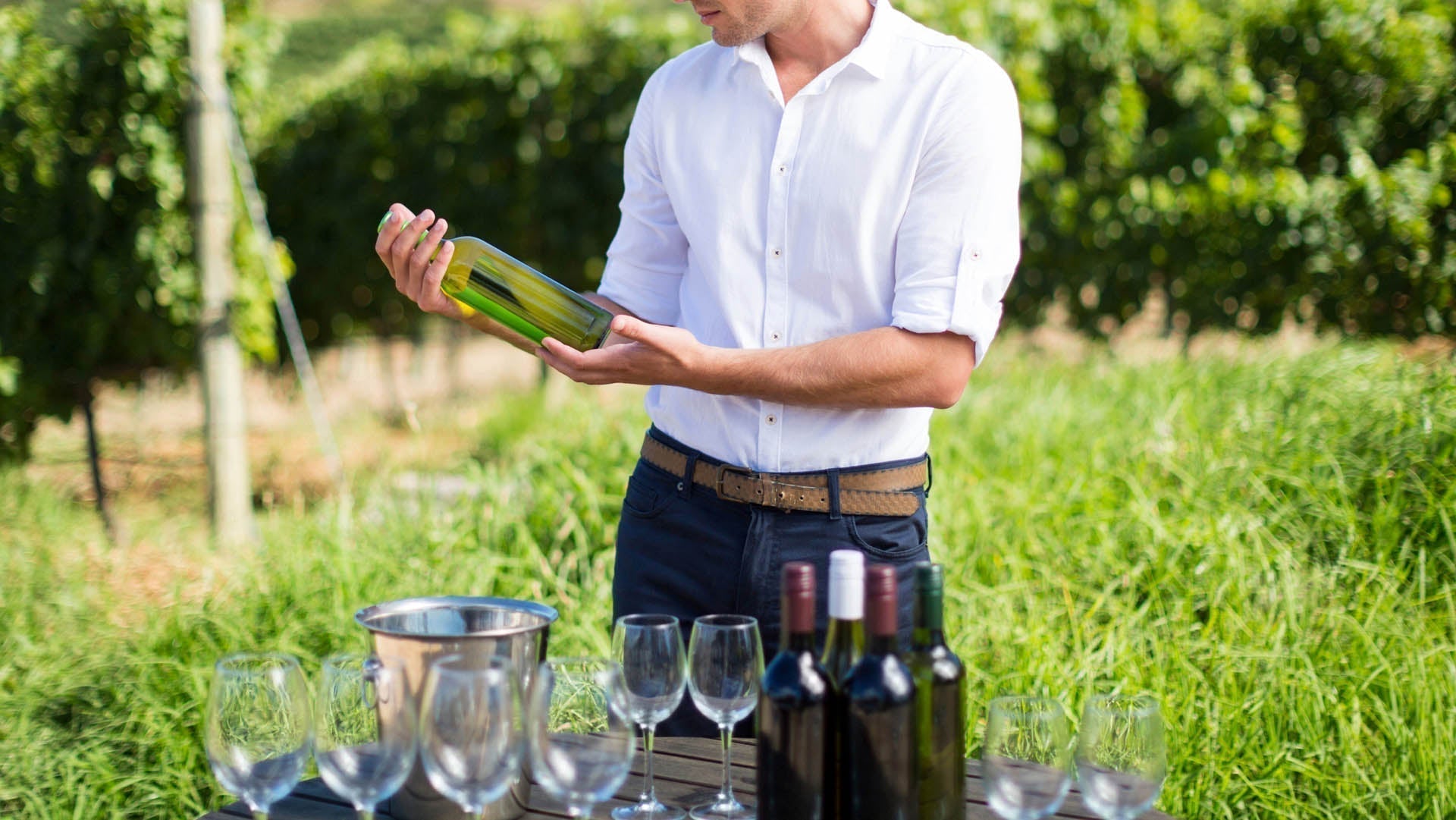
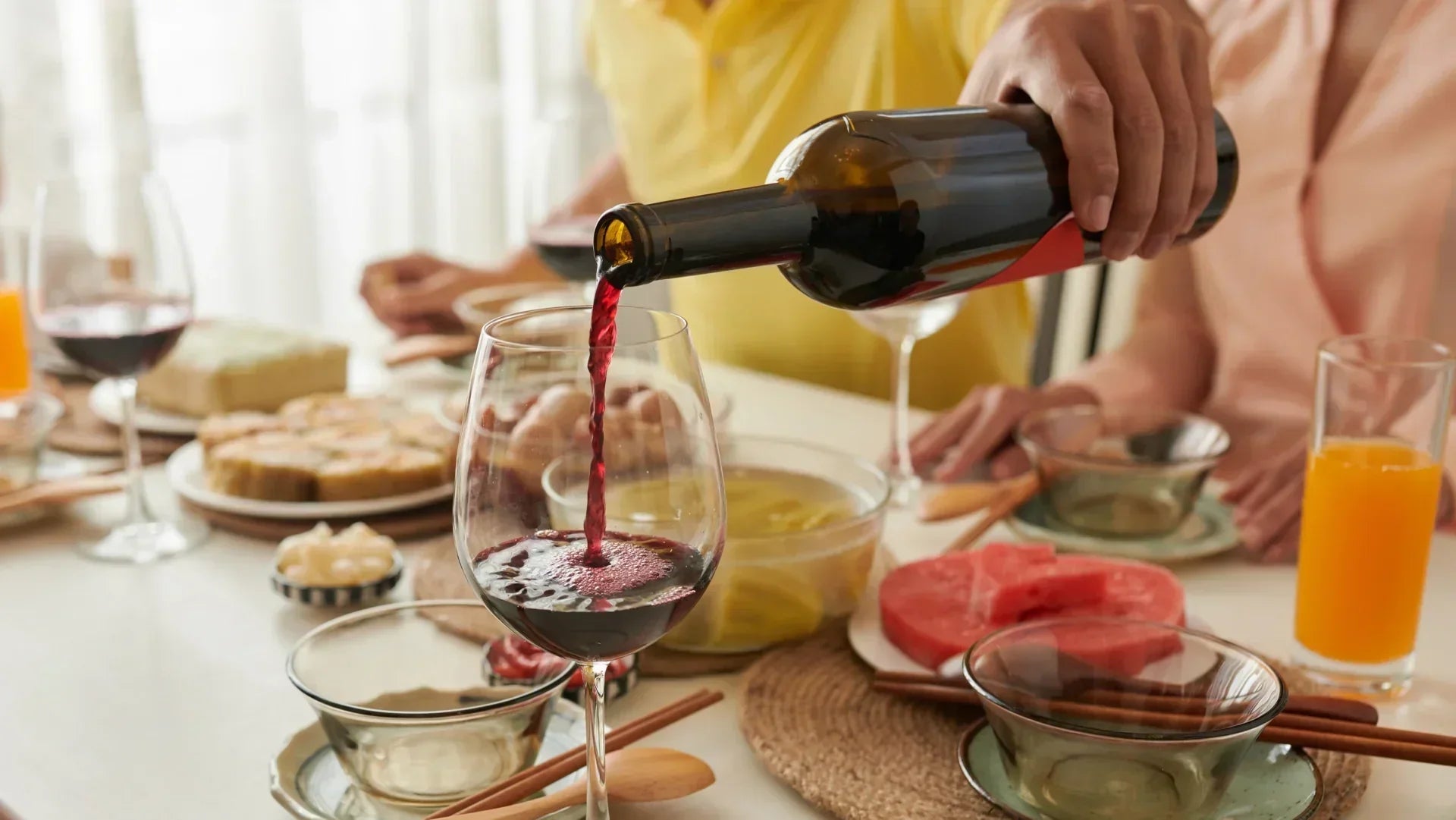



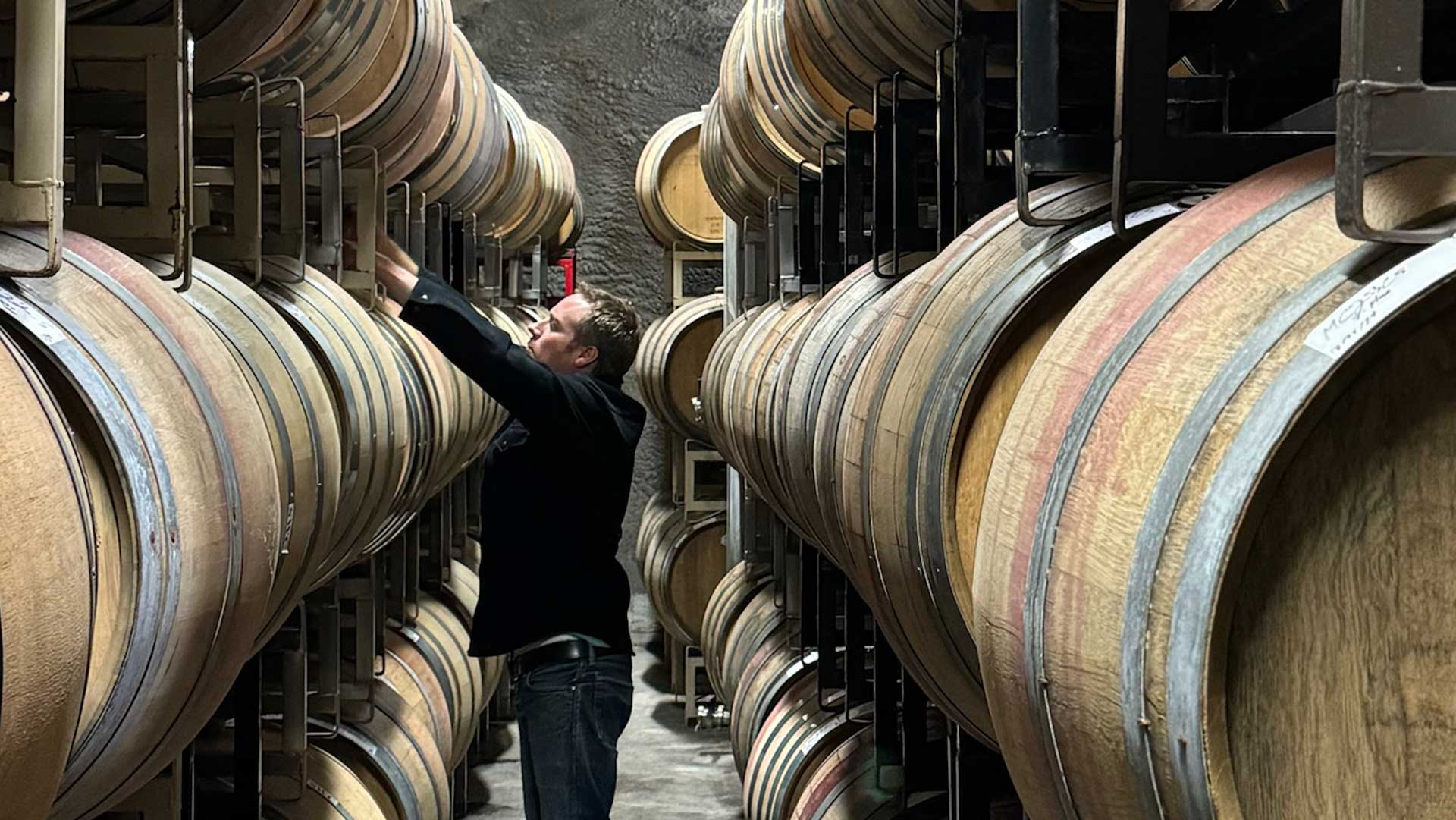
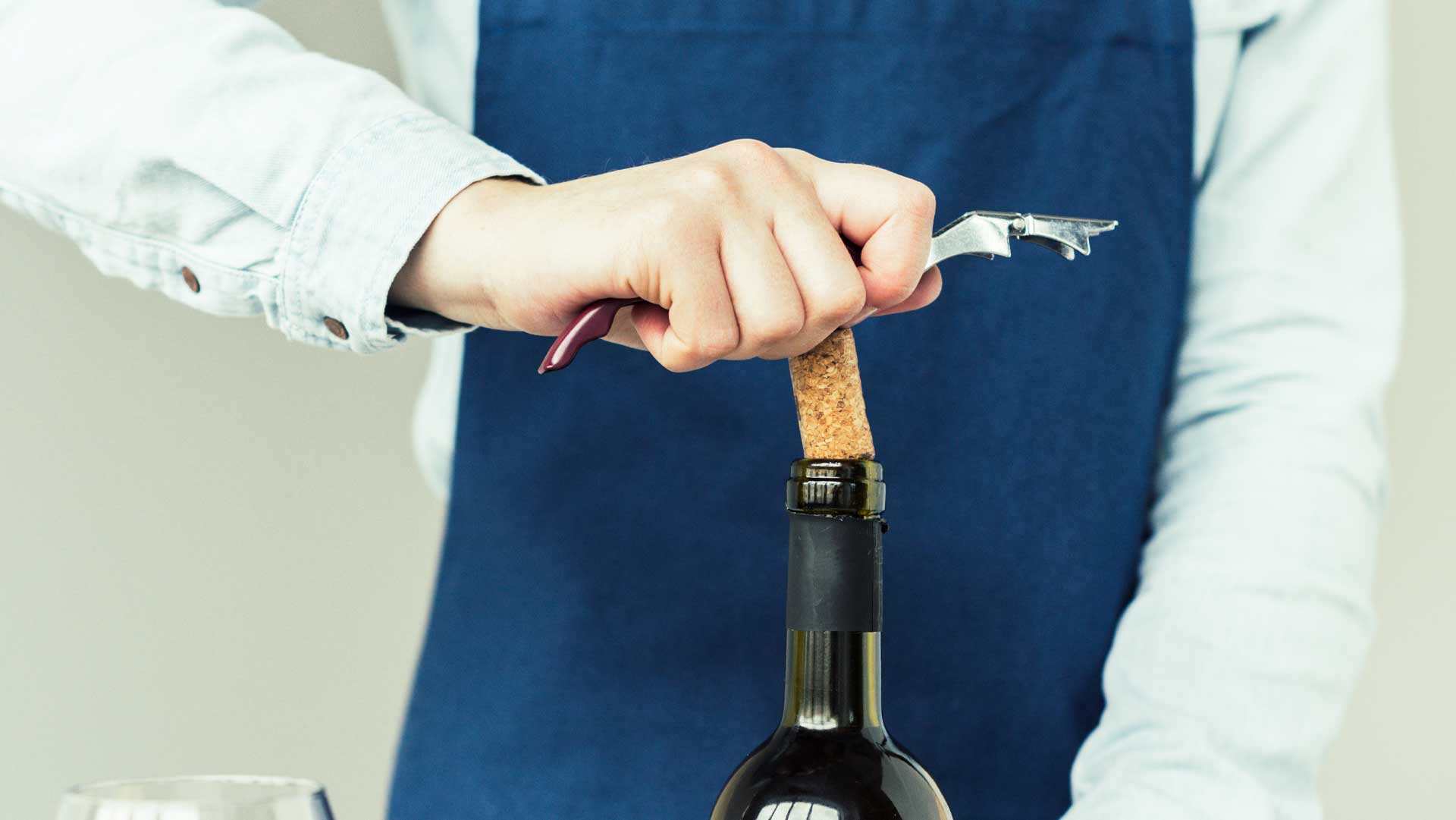



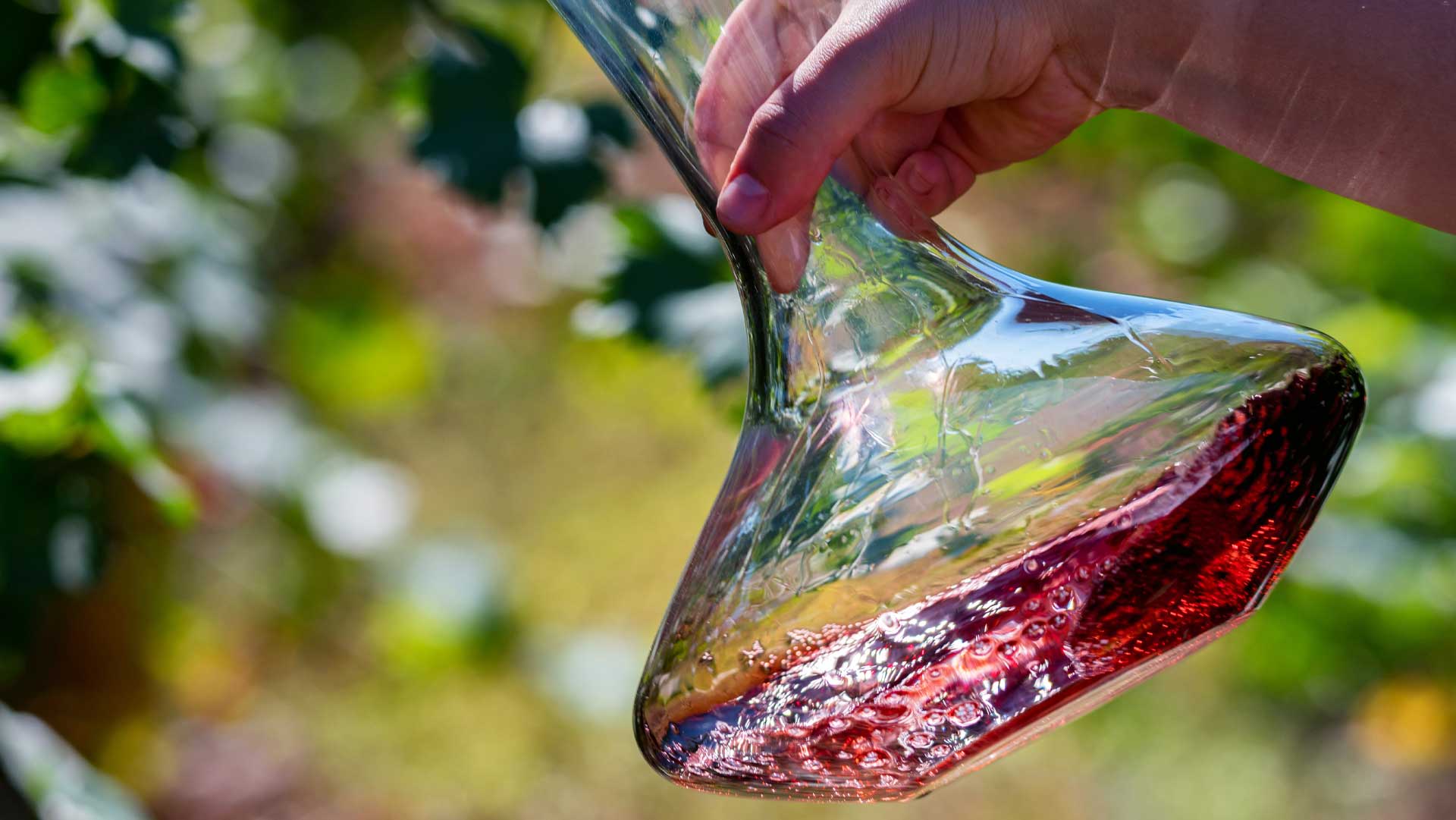





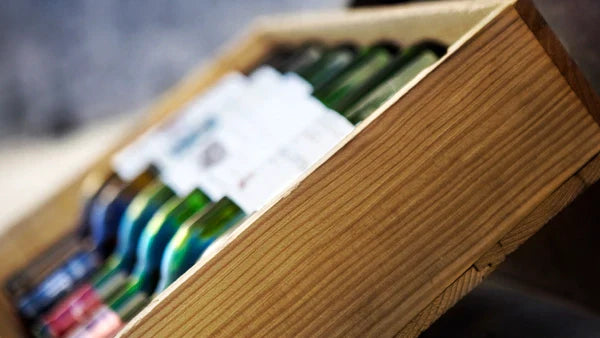
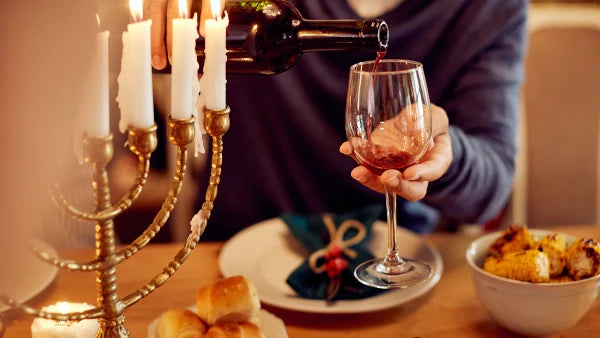
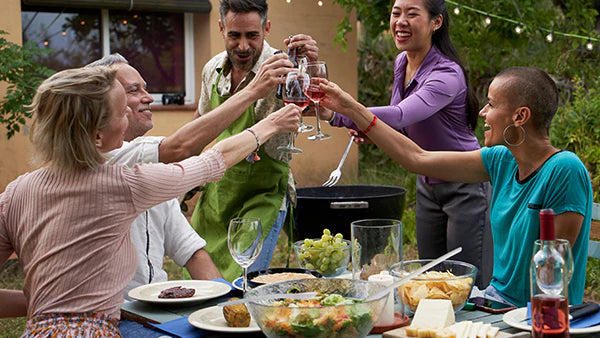

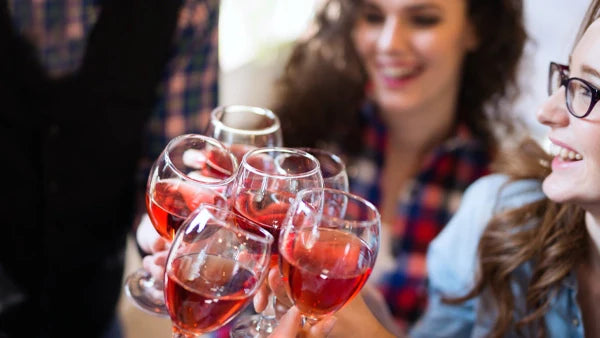

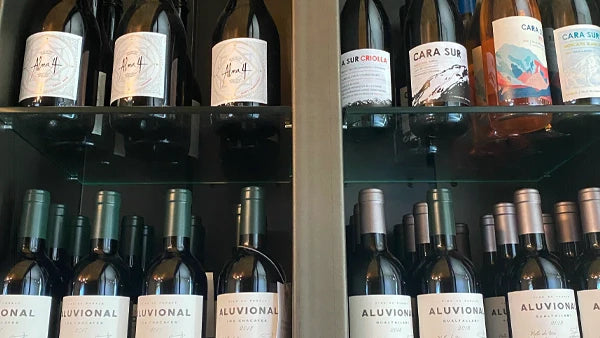







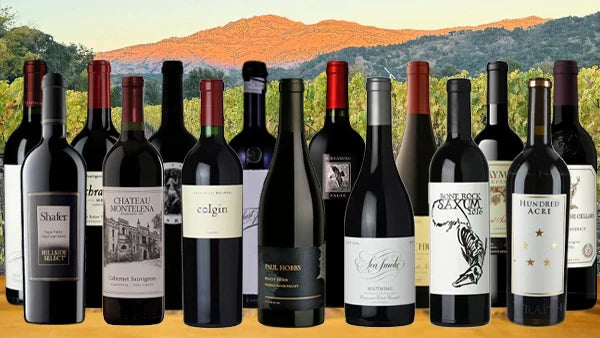
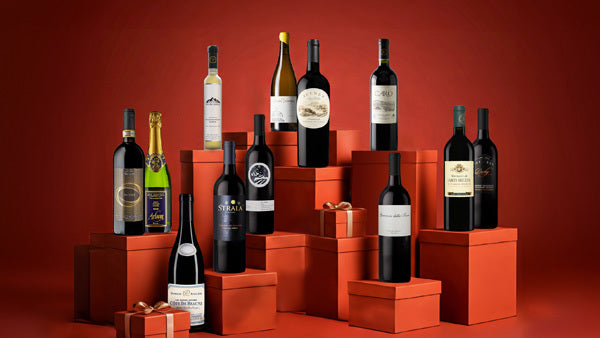






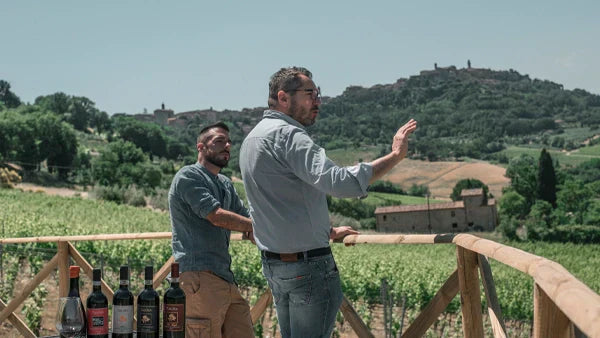

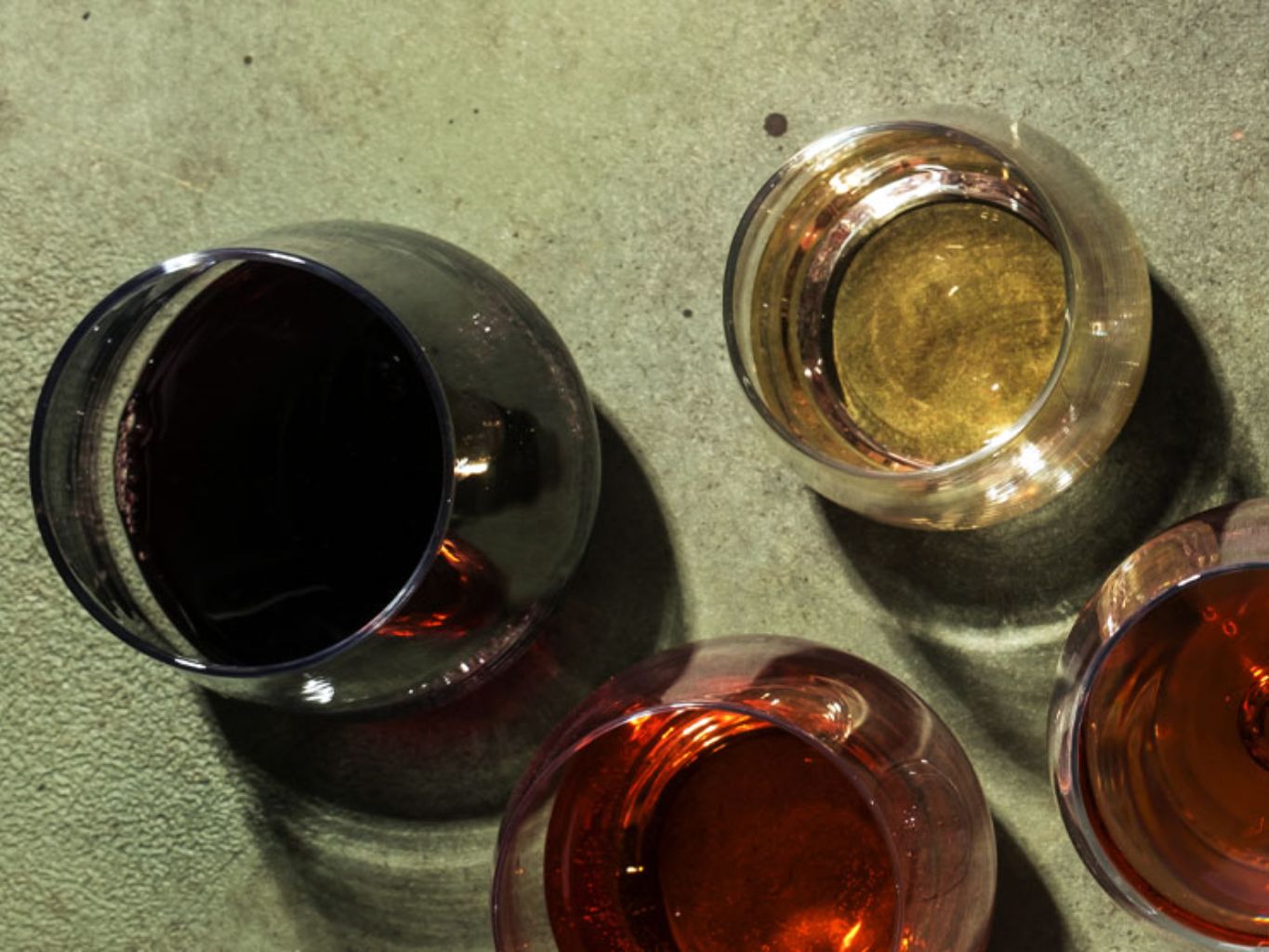



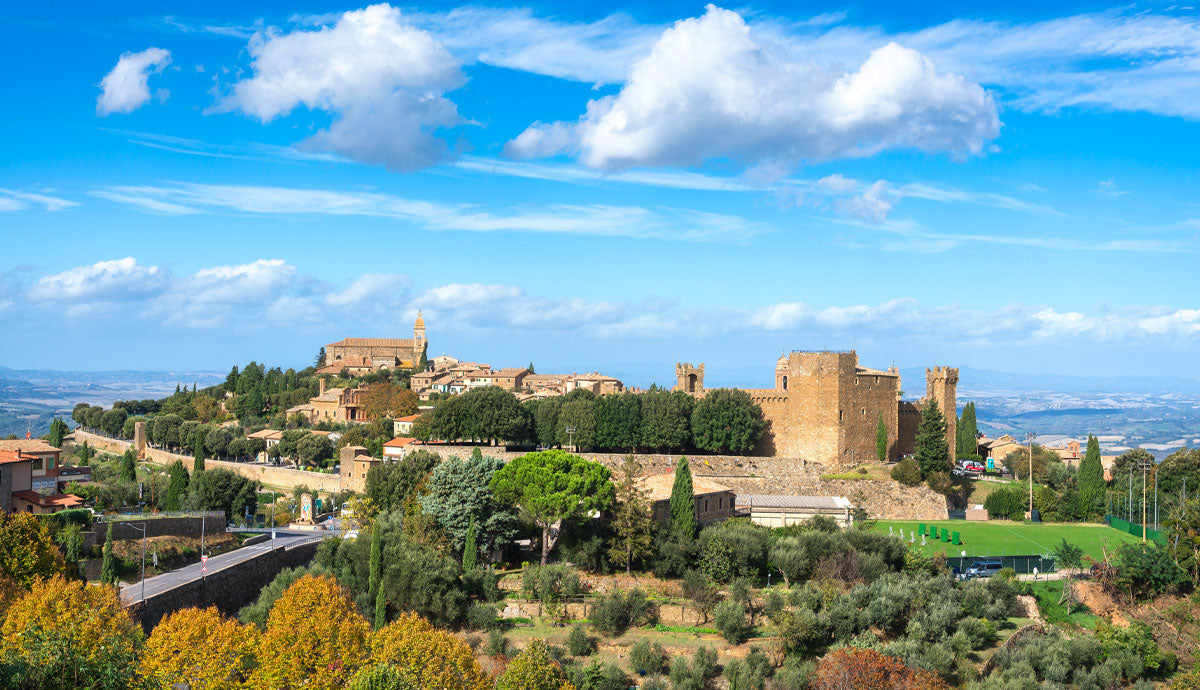

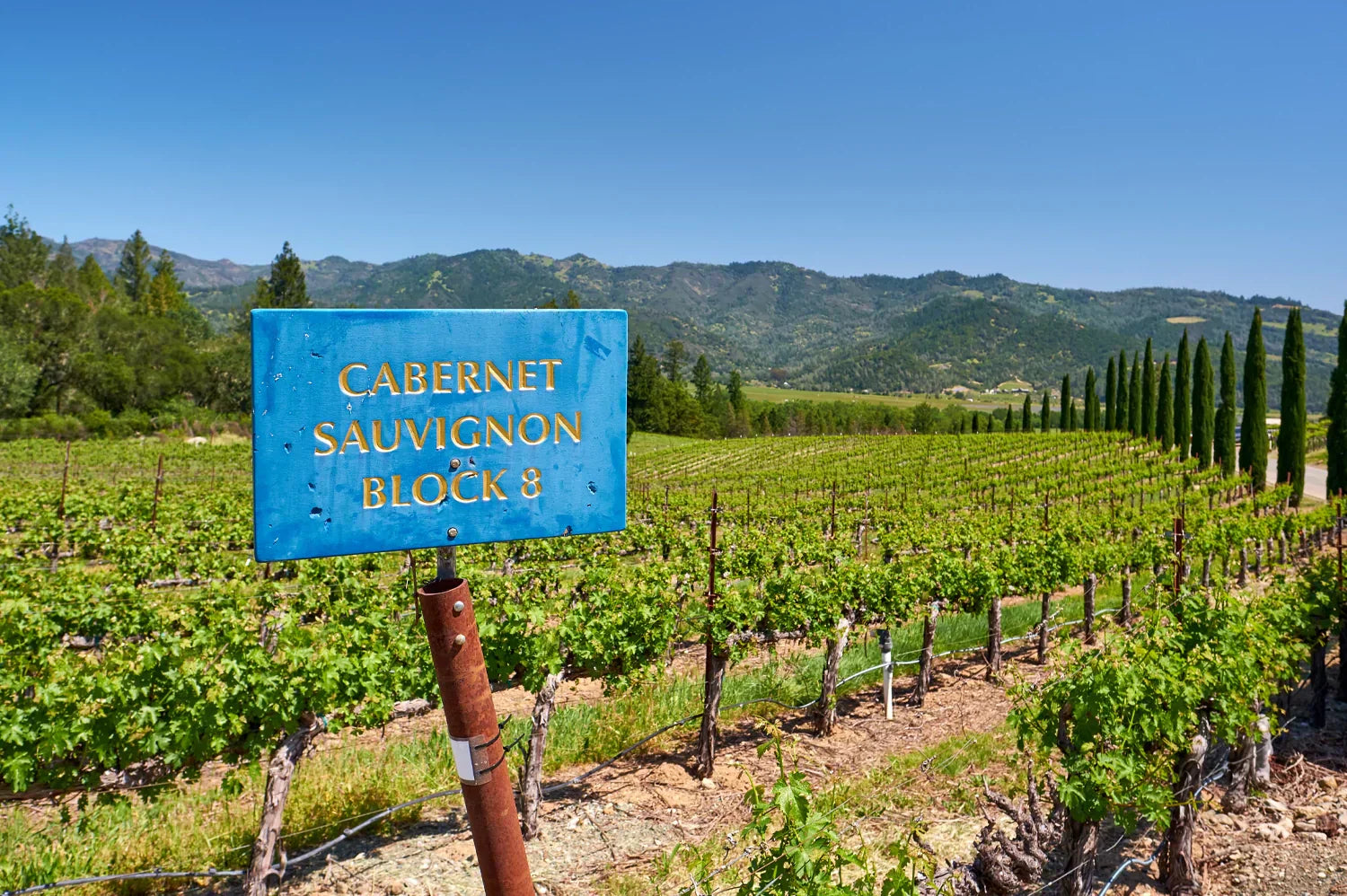
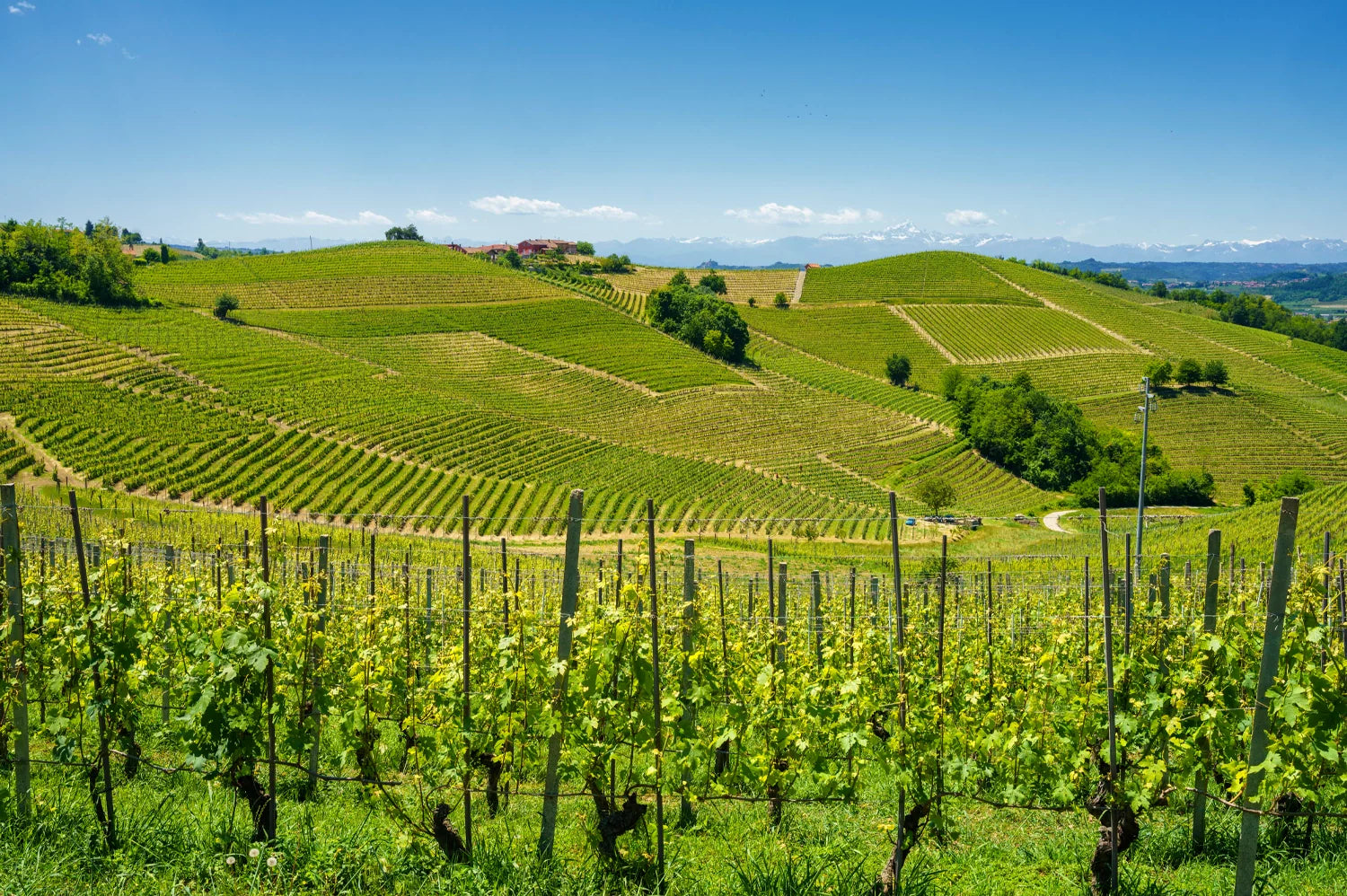
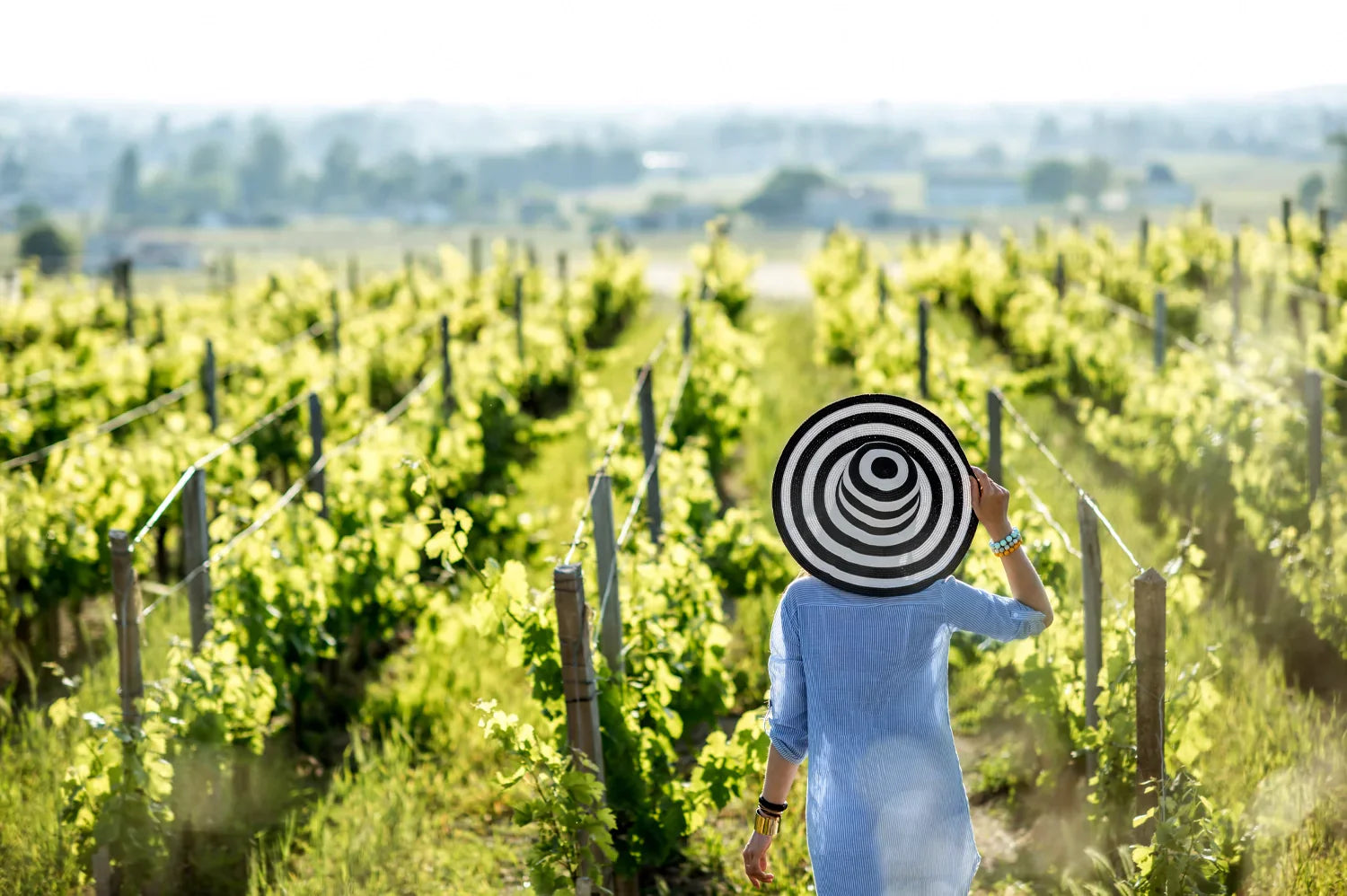
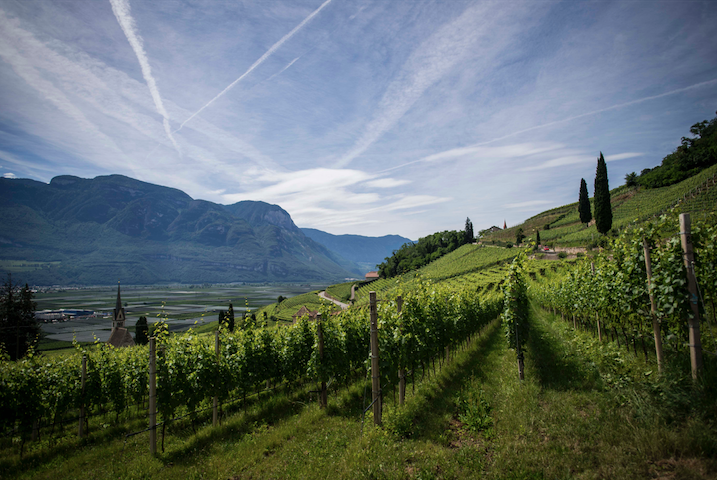
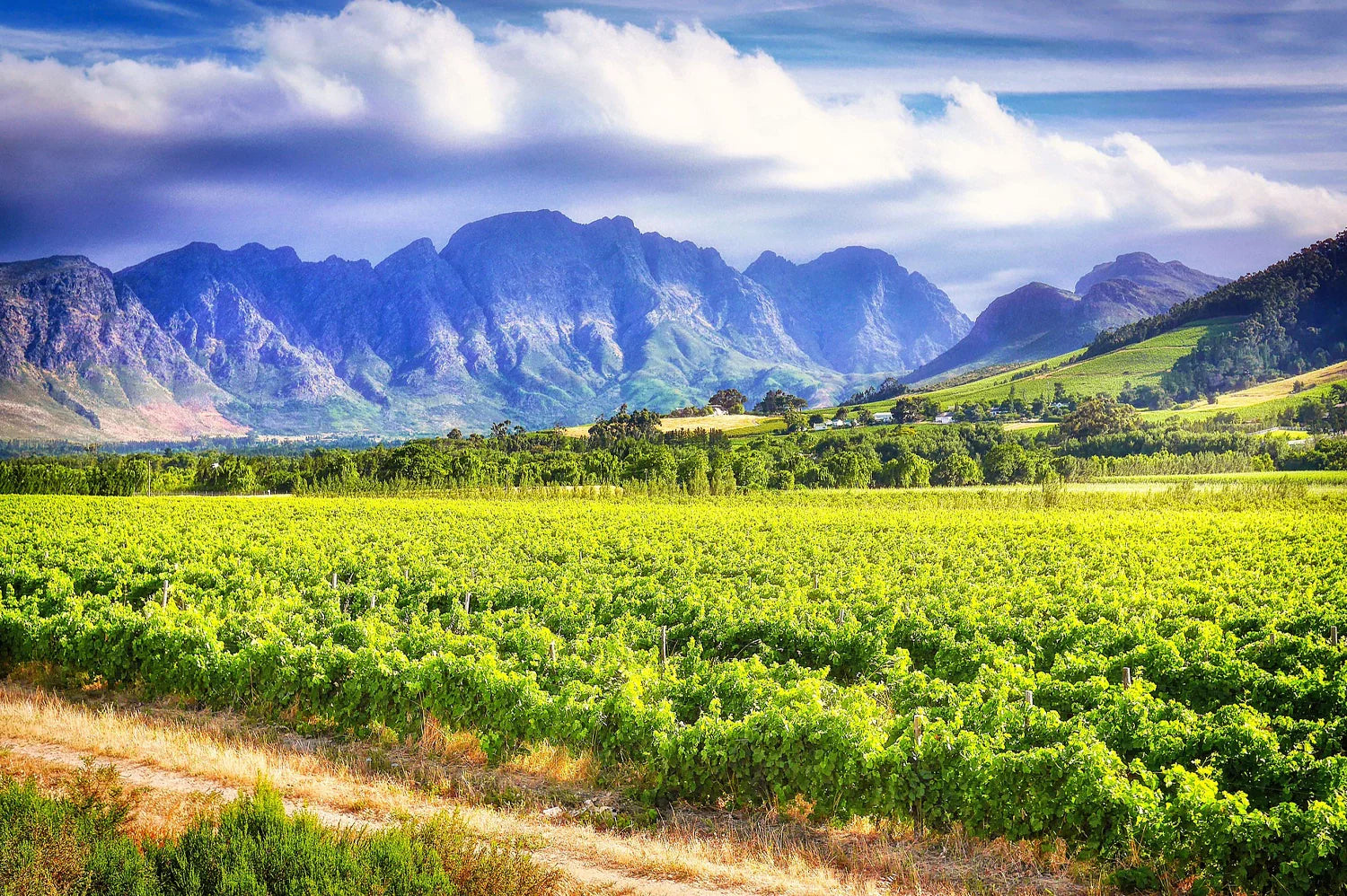
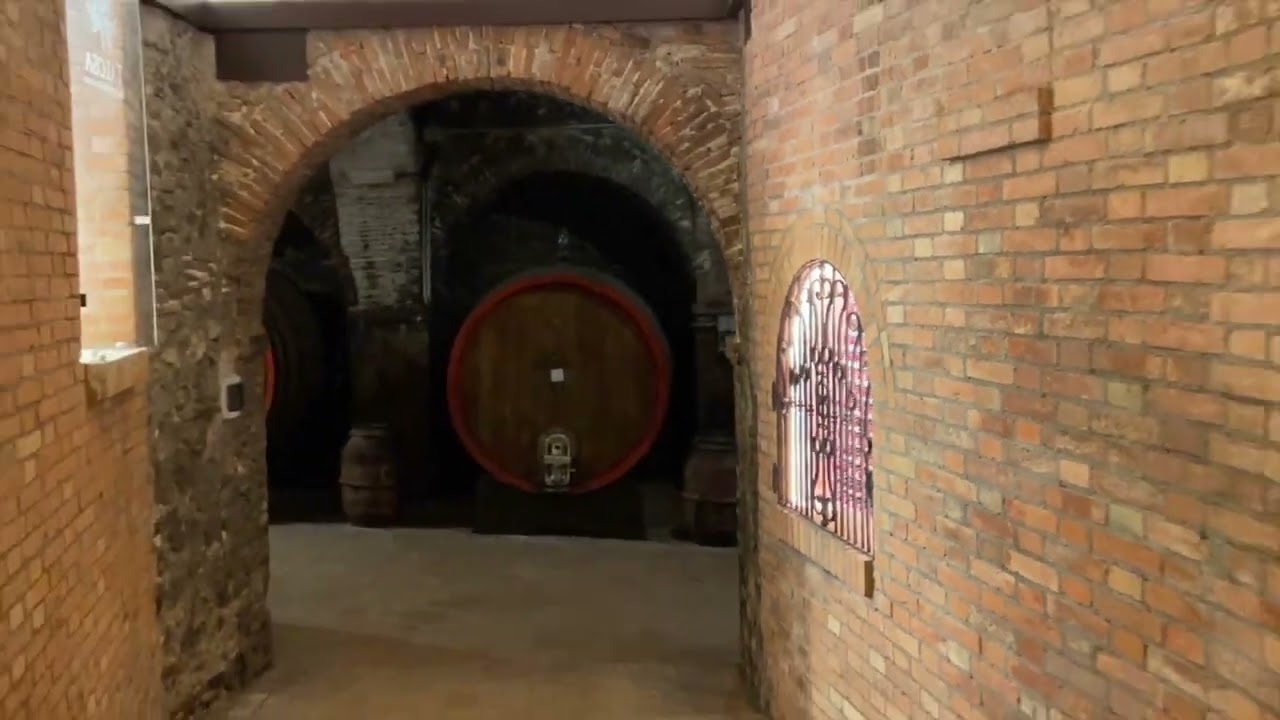
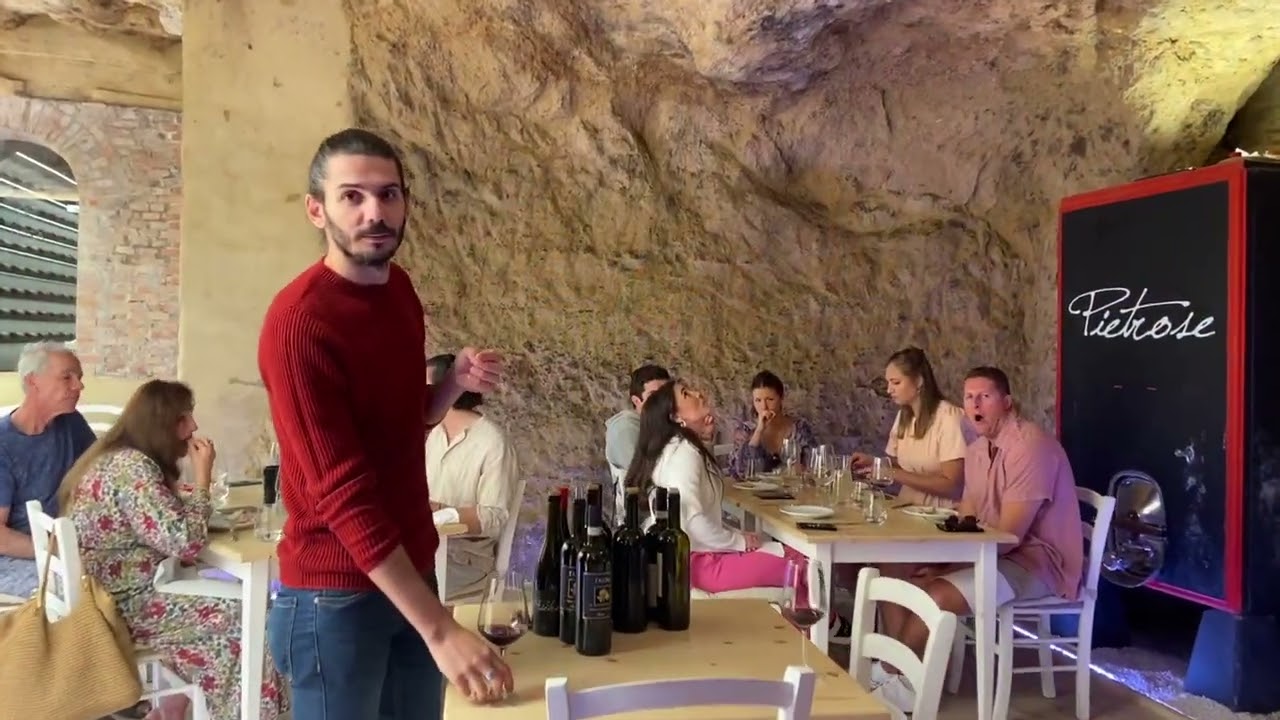
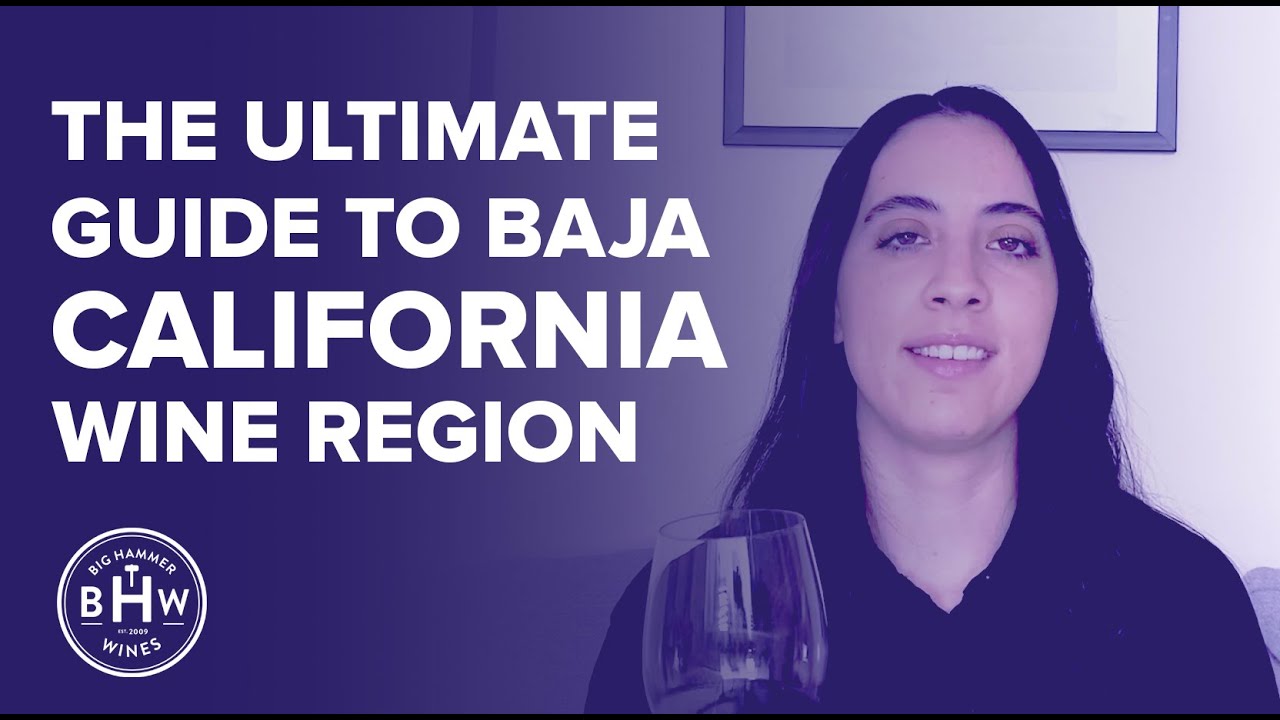
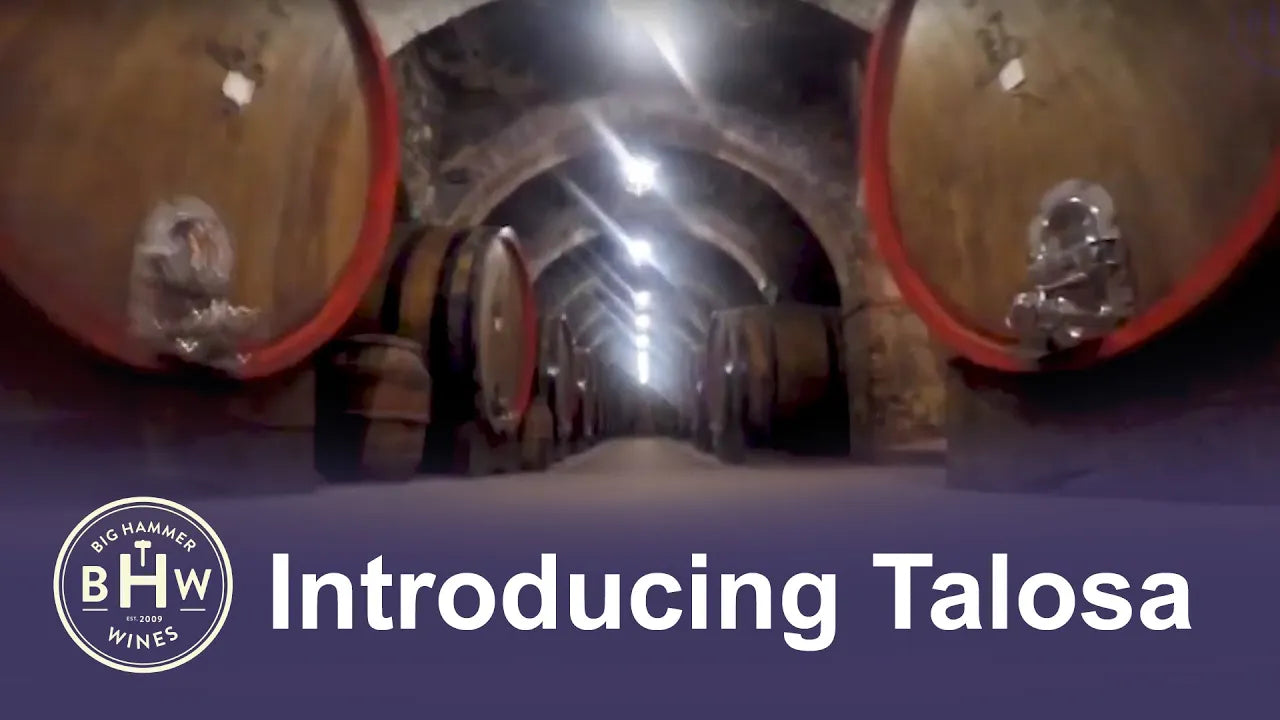


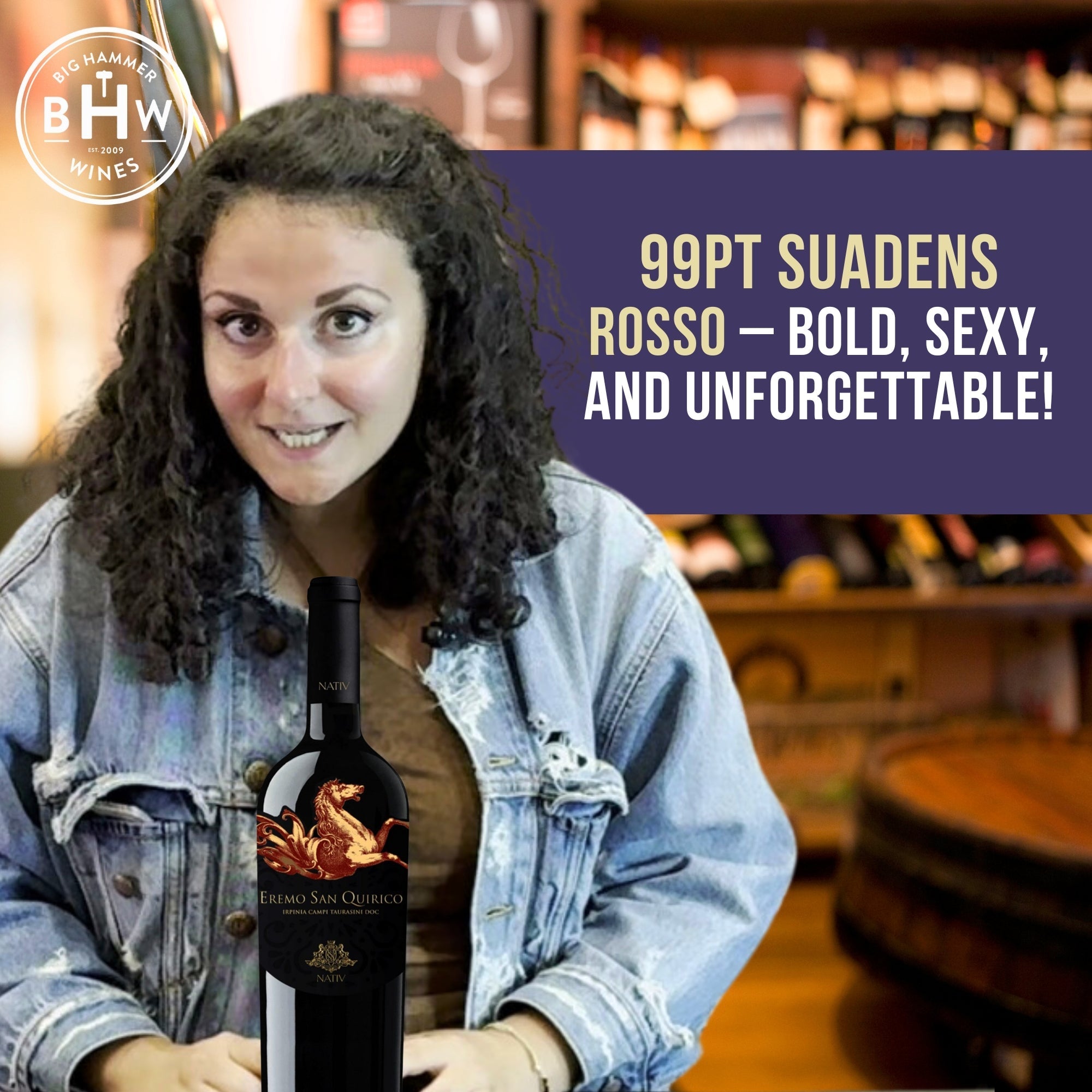
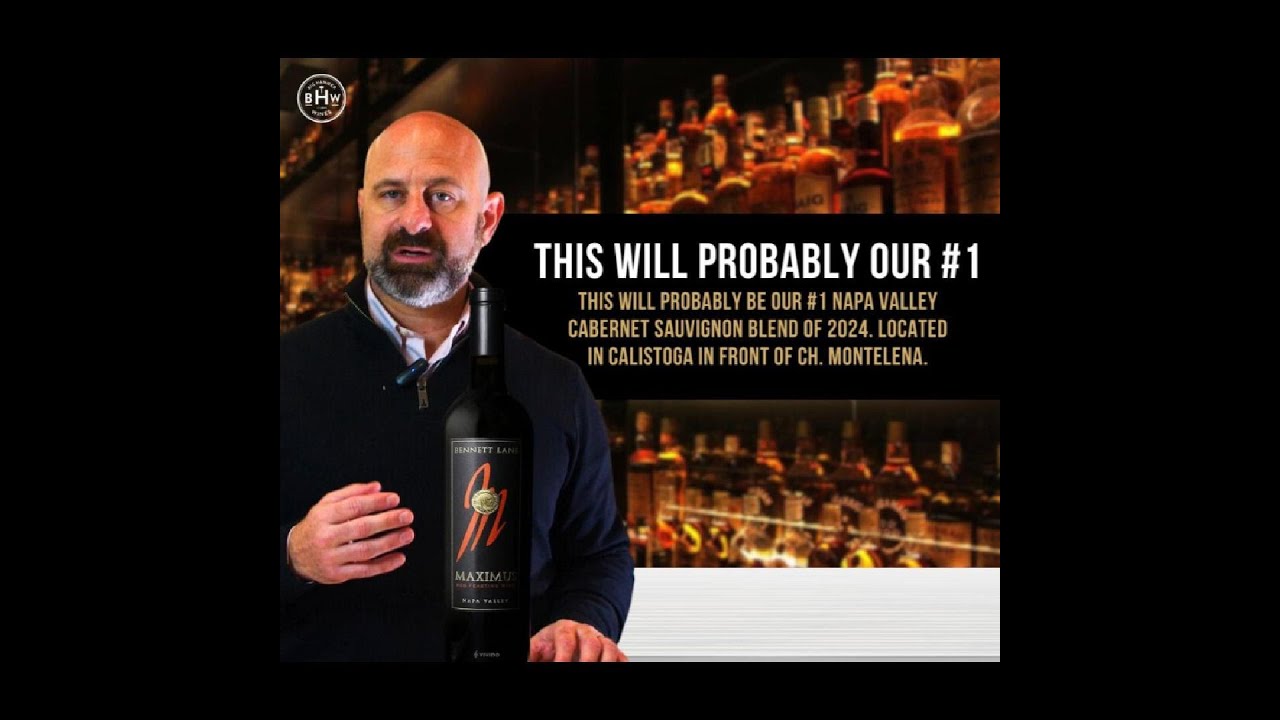

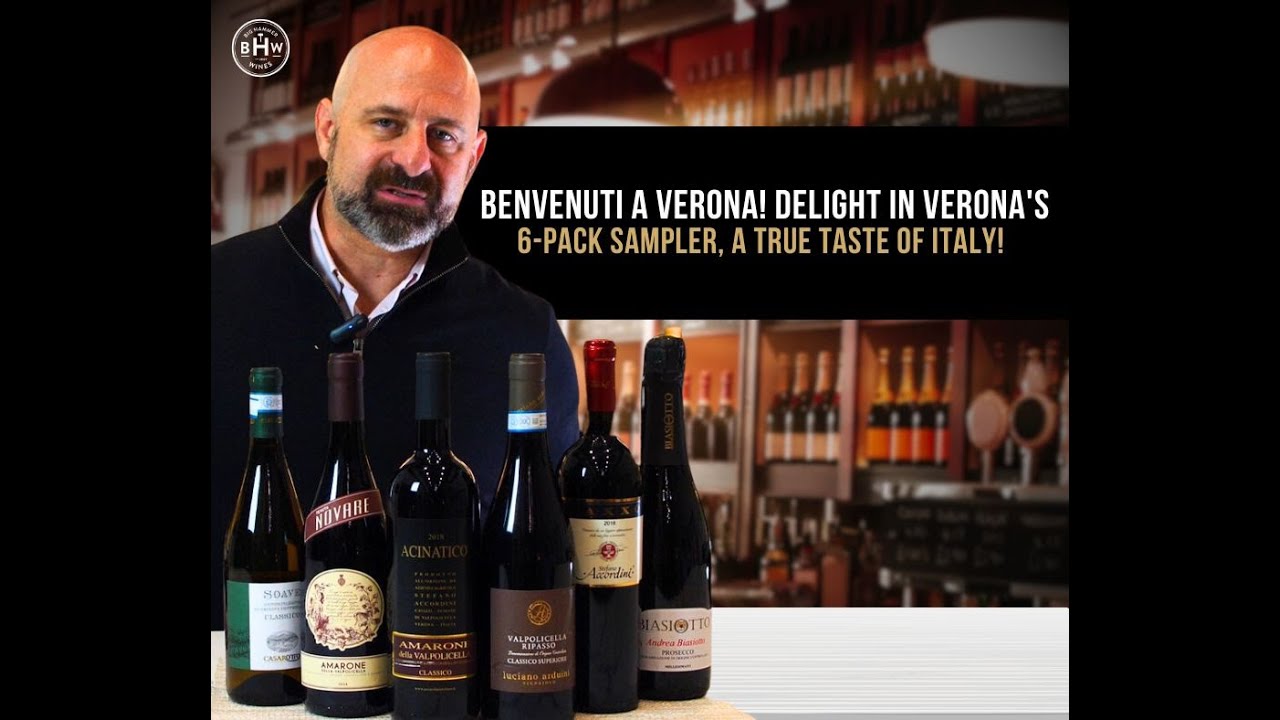
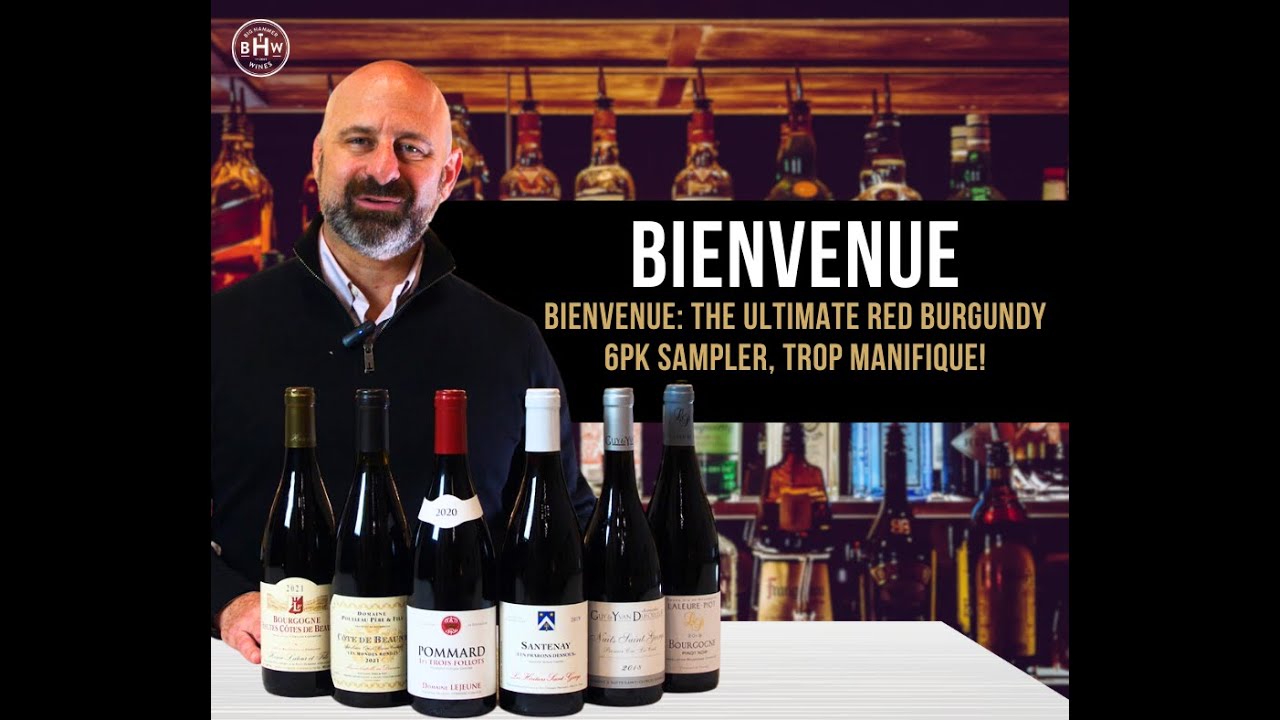
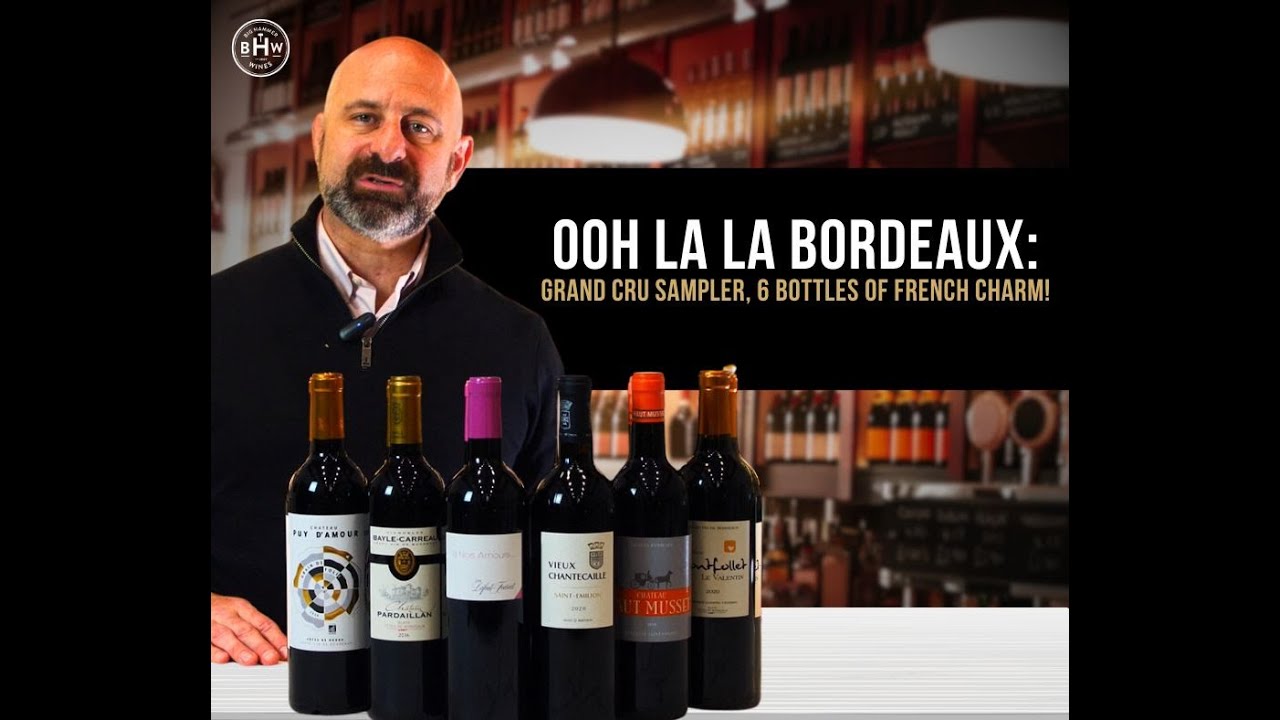
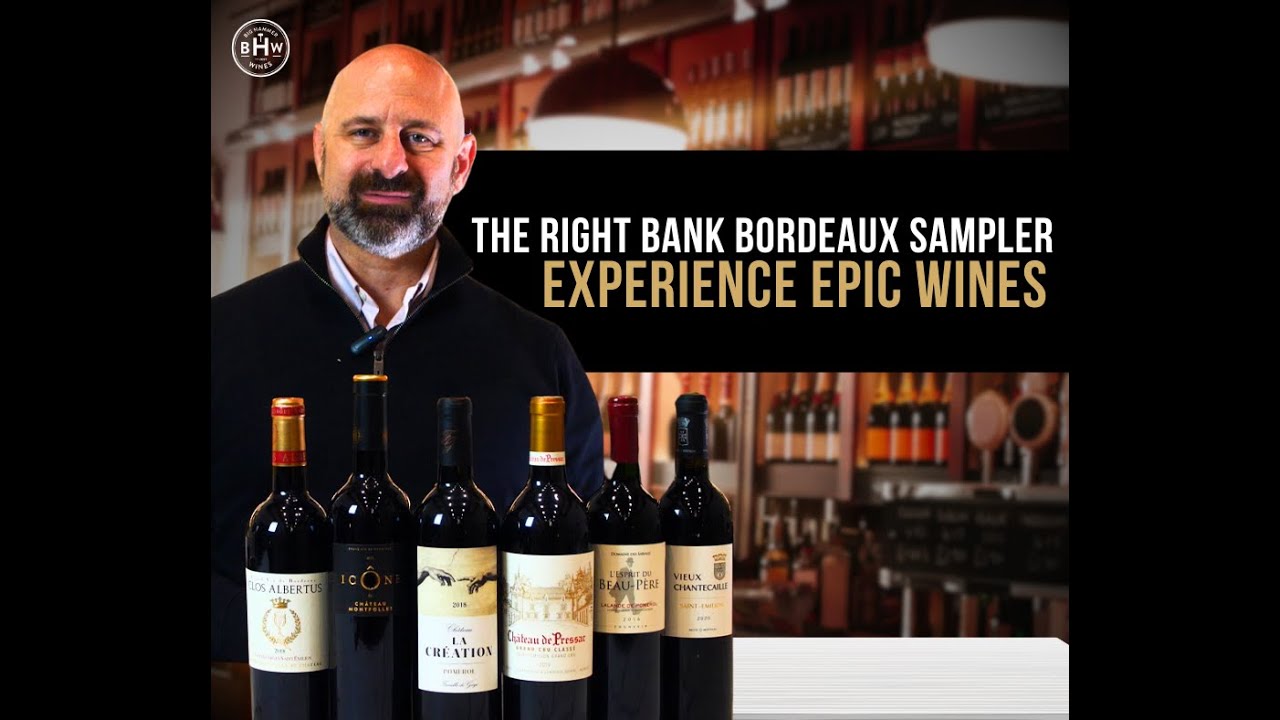
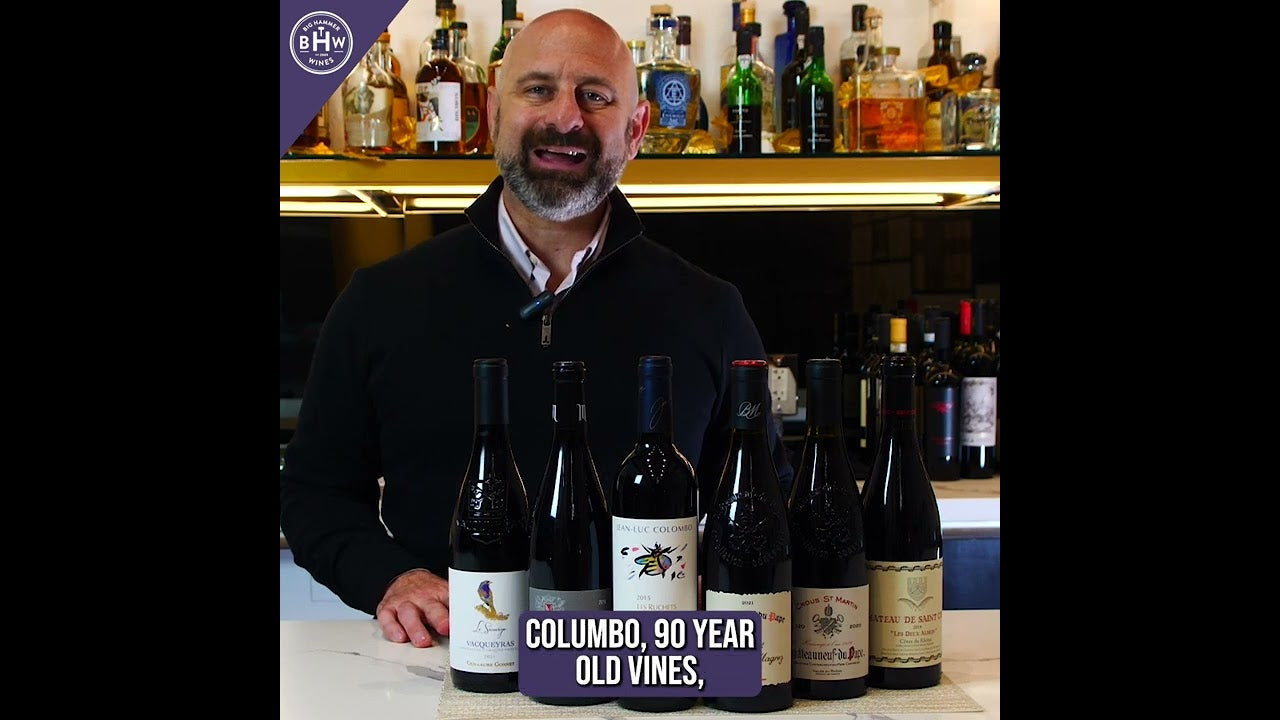
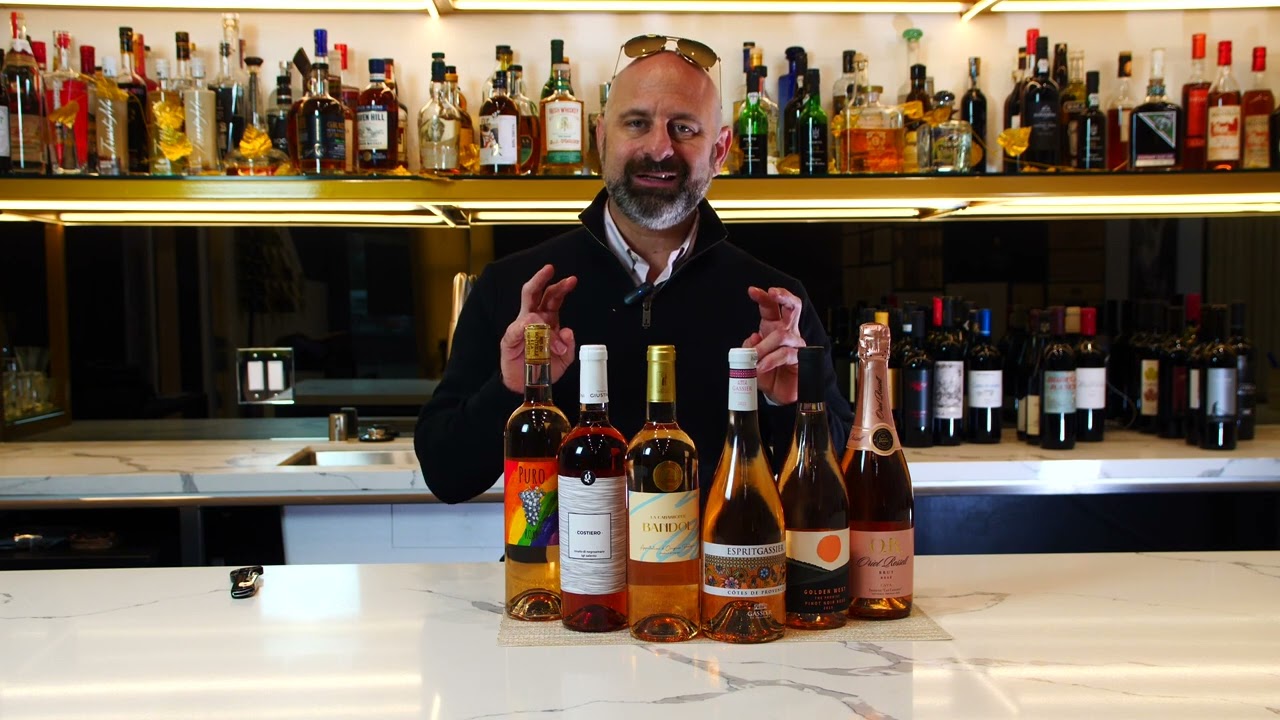
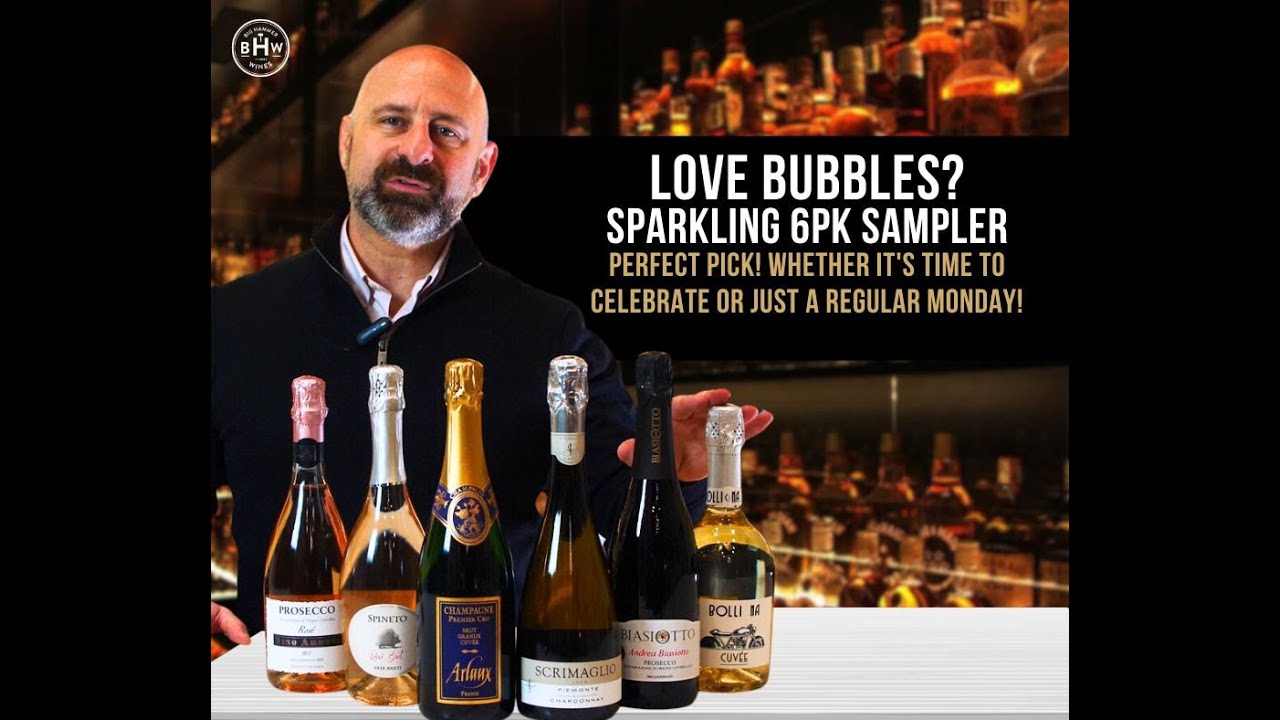
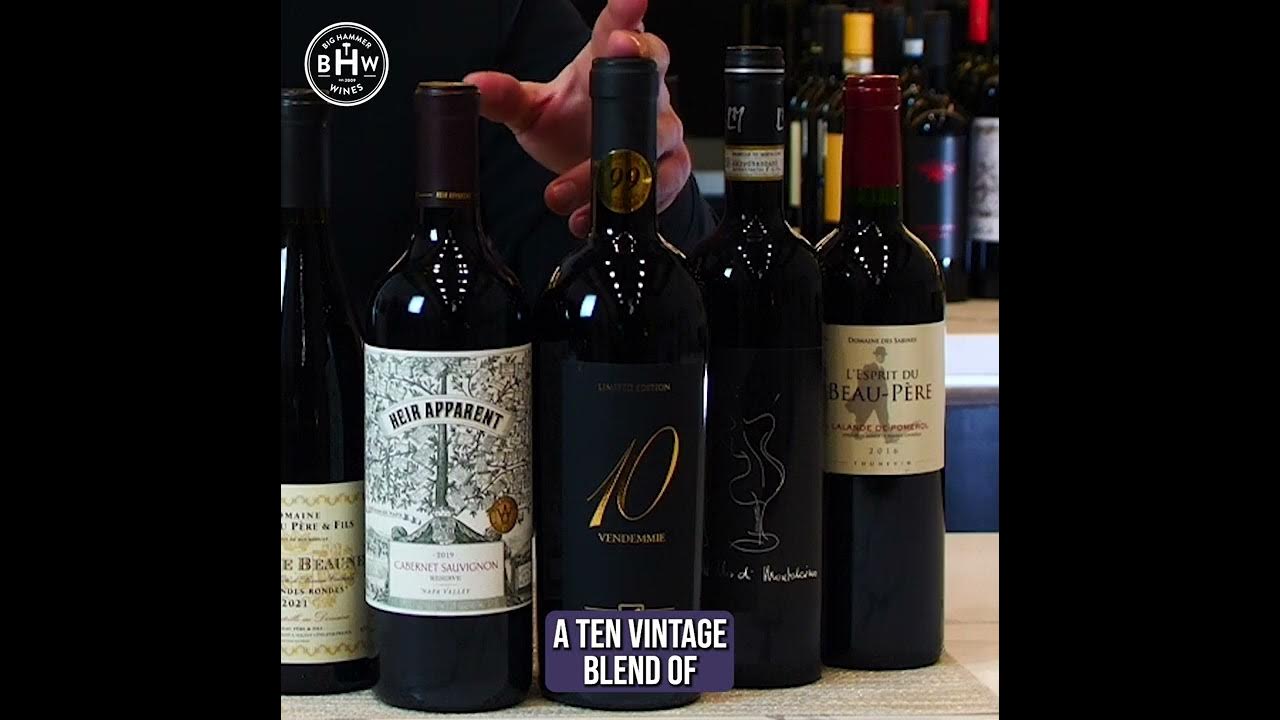
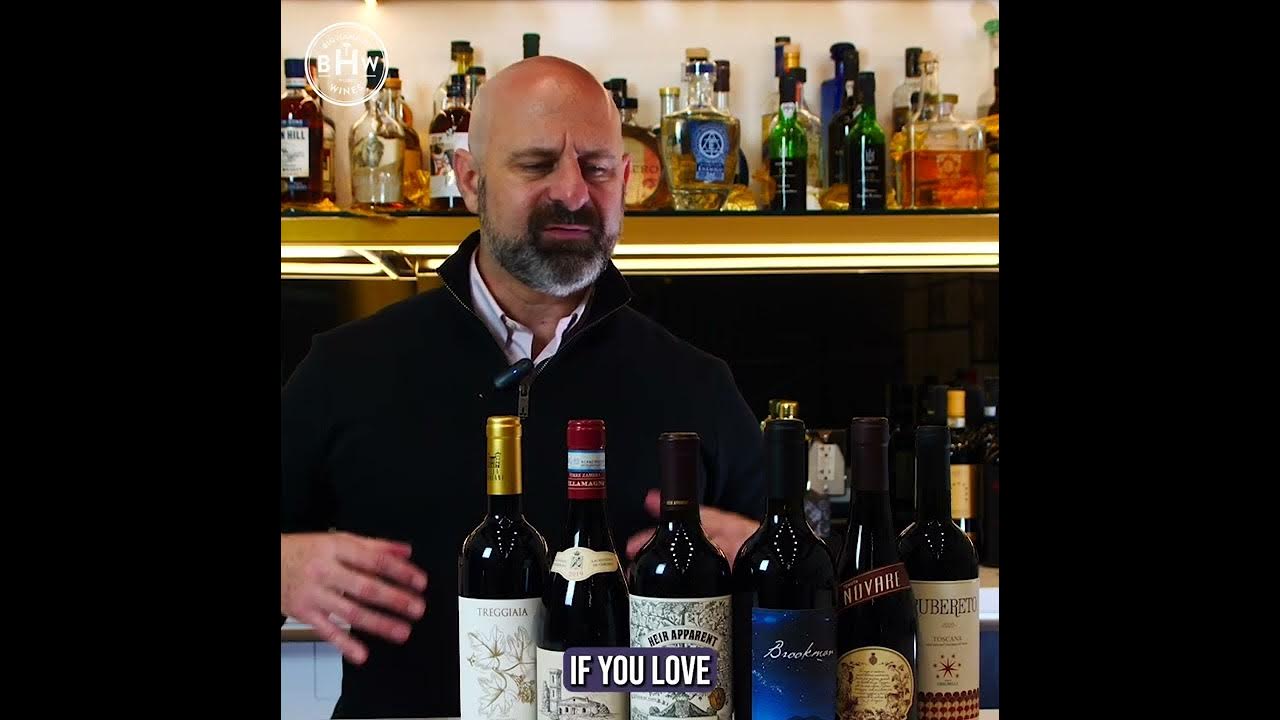

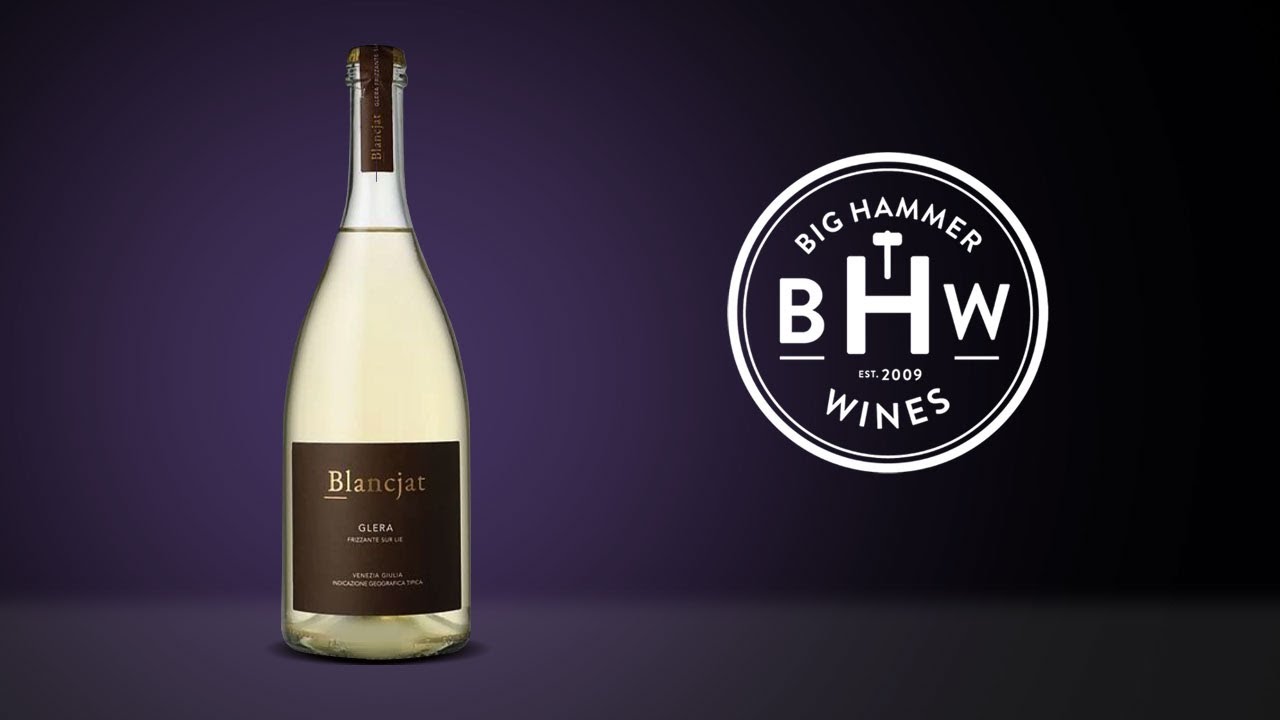
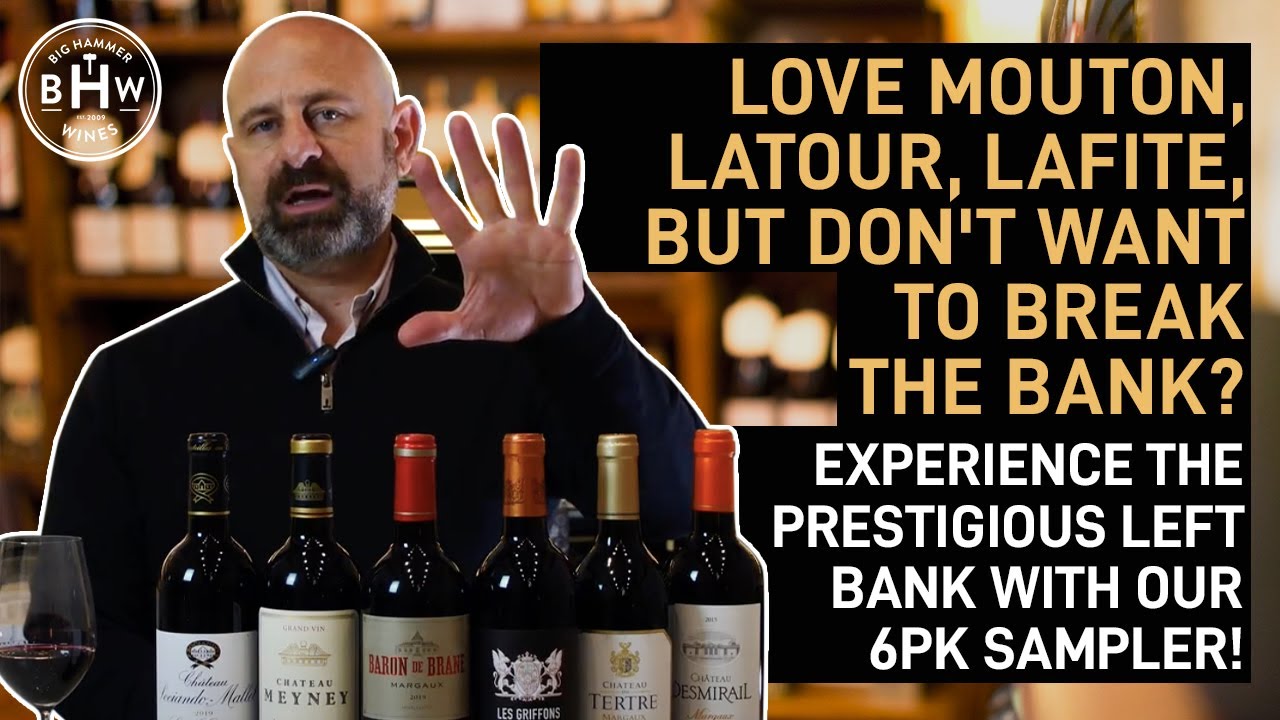
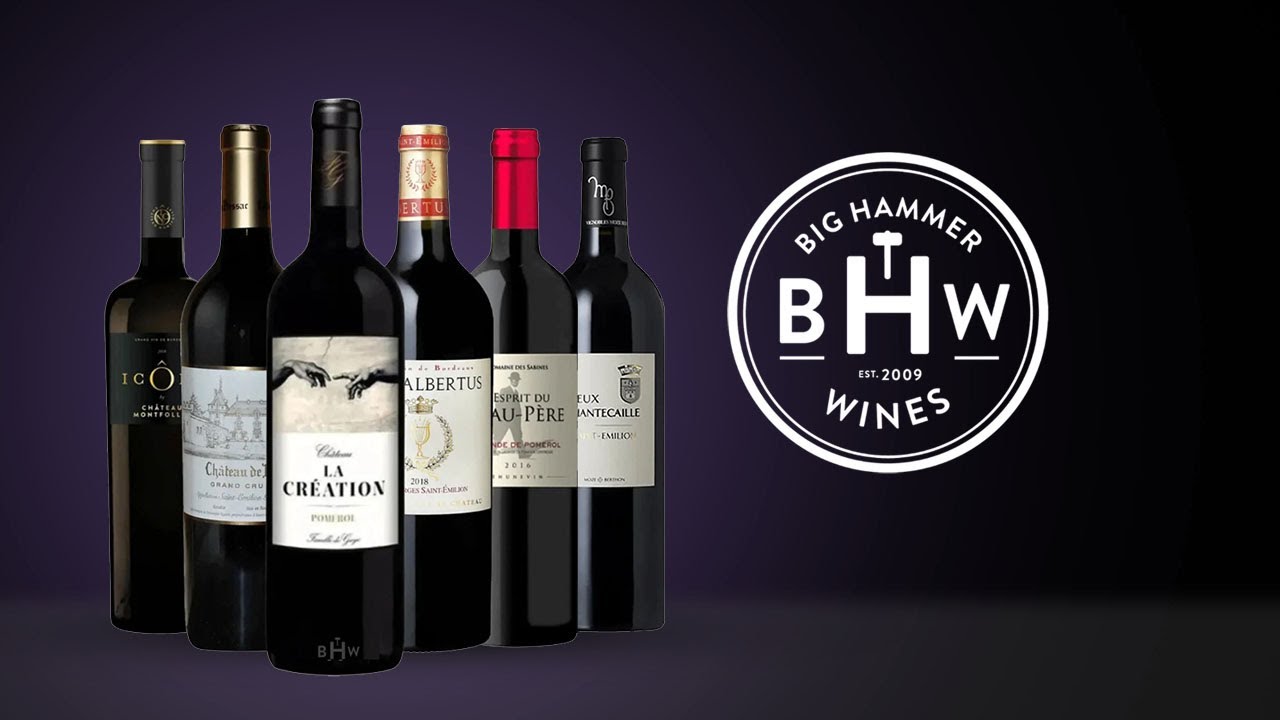
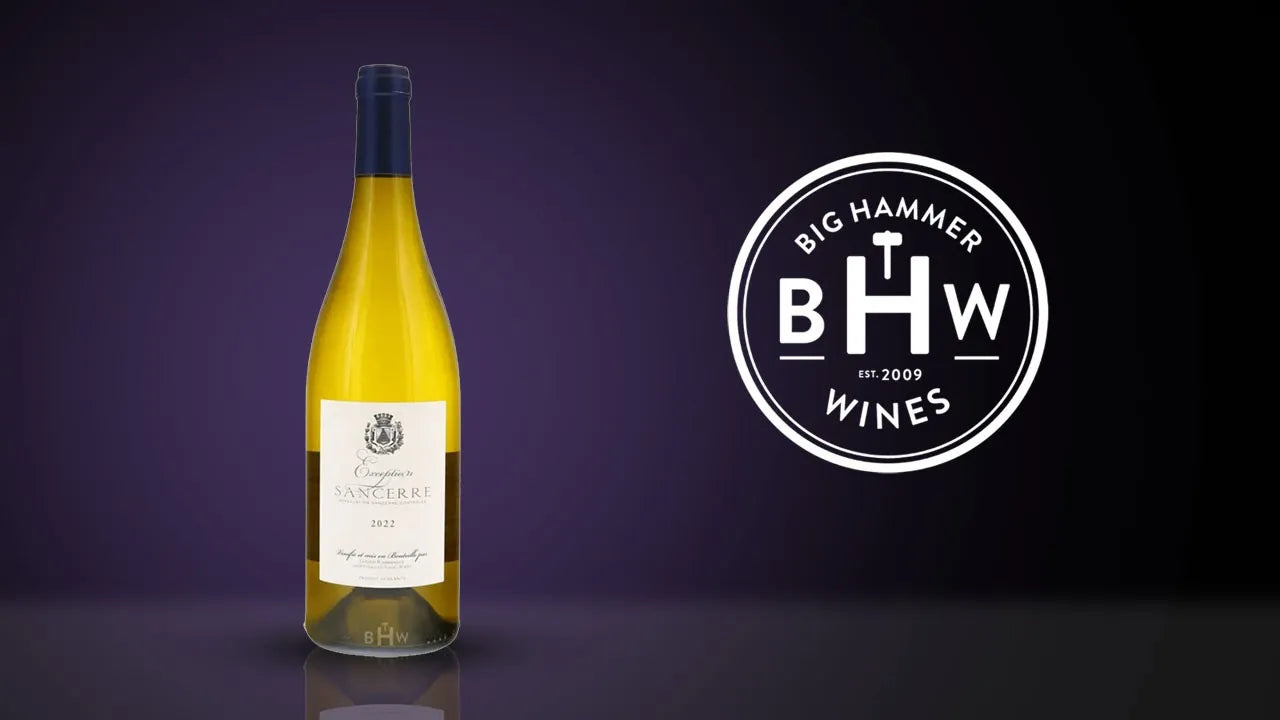
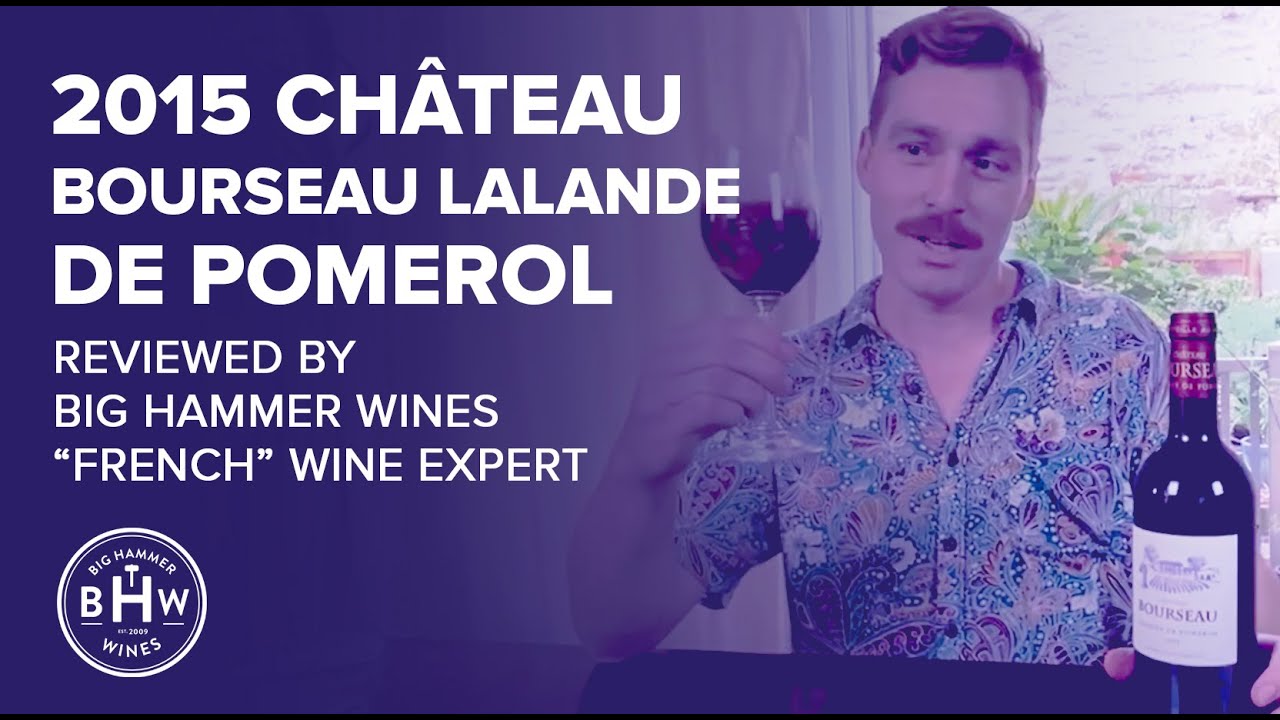
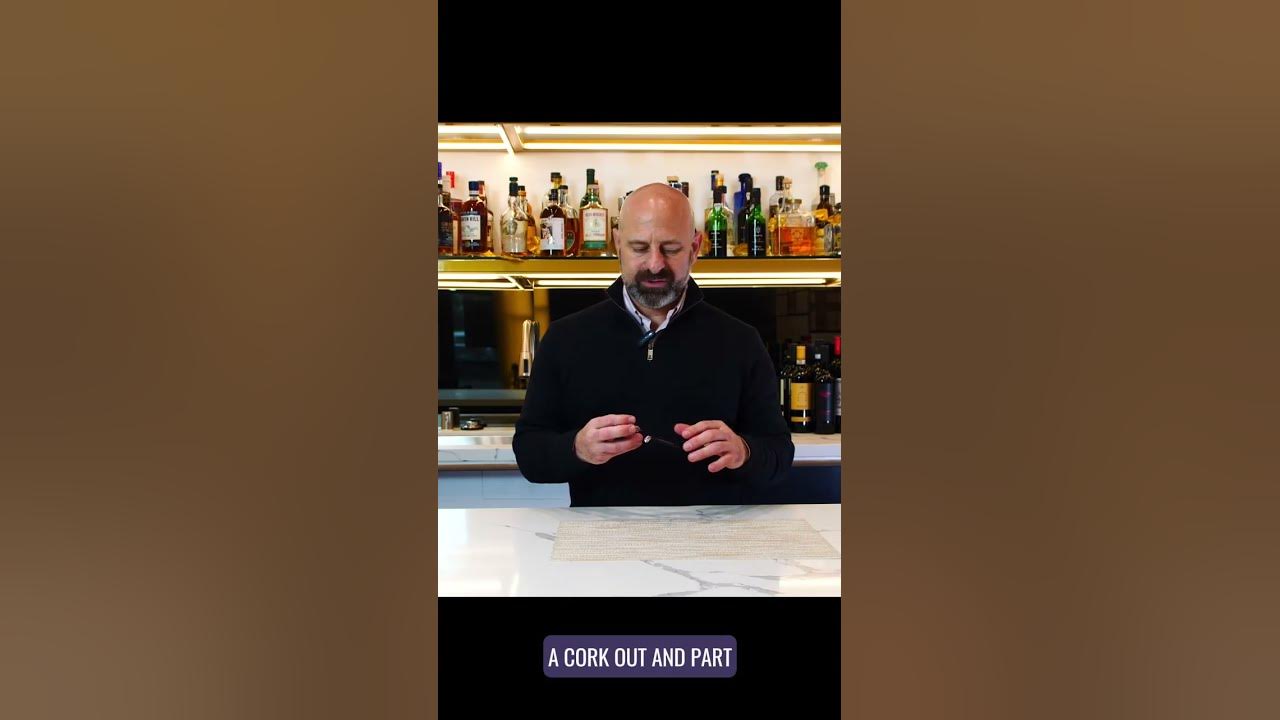
Share:
Wine & Weed Dinner Tasting Party: Create an Exceptional Event With Our Guide
Spring Awakening: The Best Spring Wines to Sip This Season
Comments Section